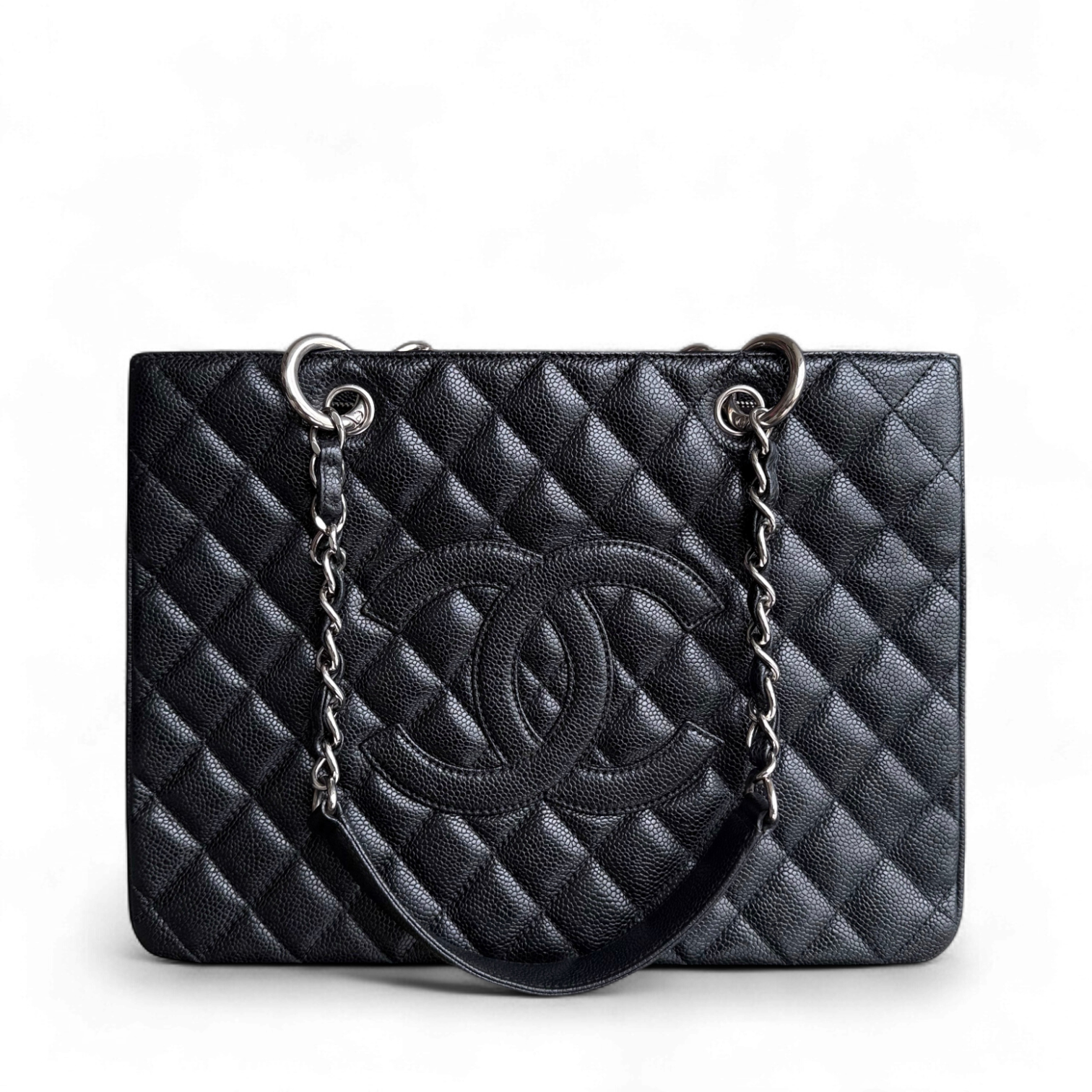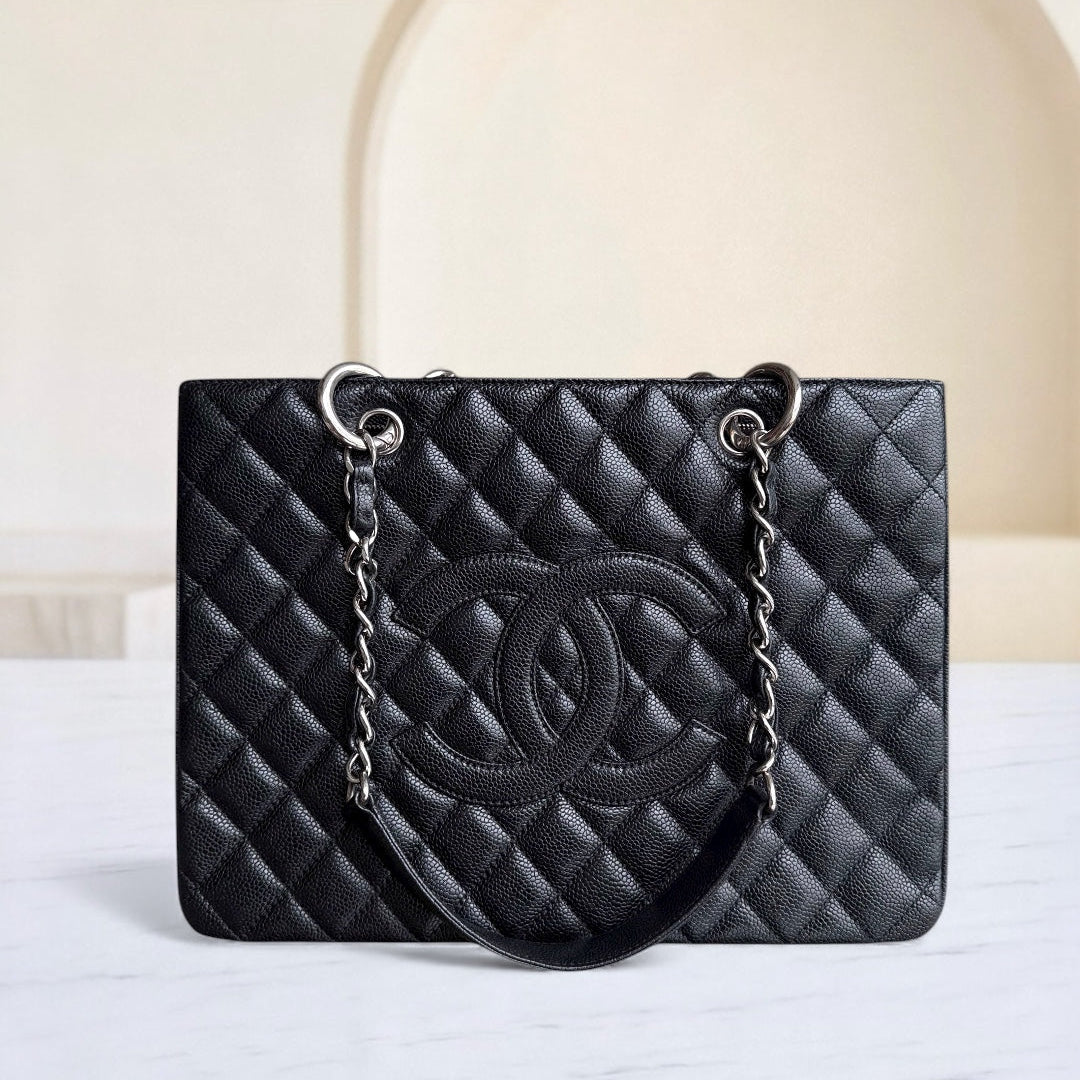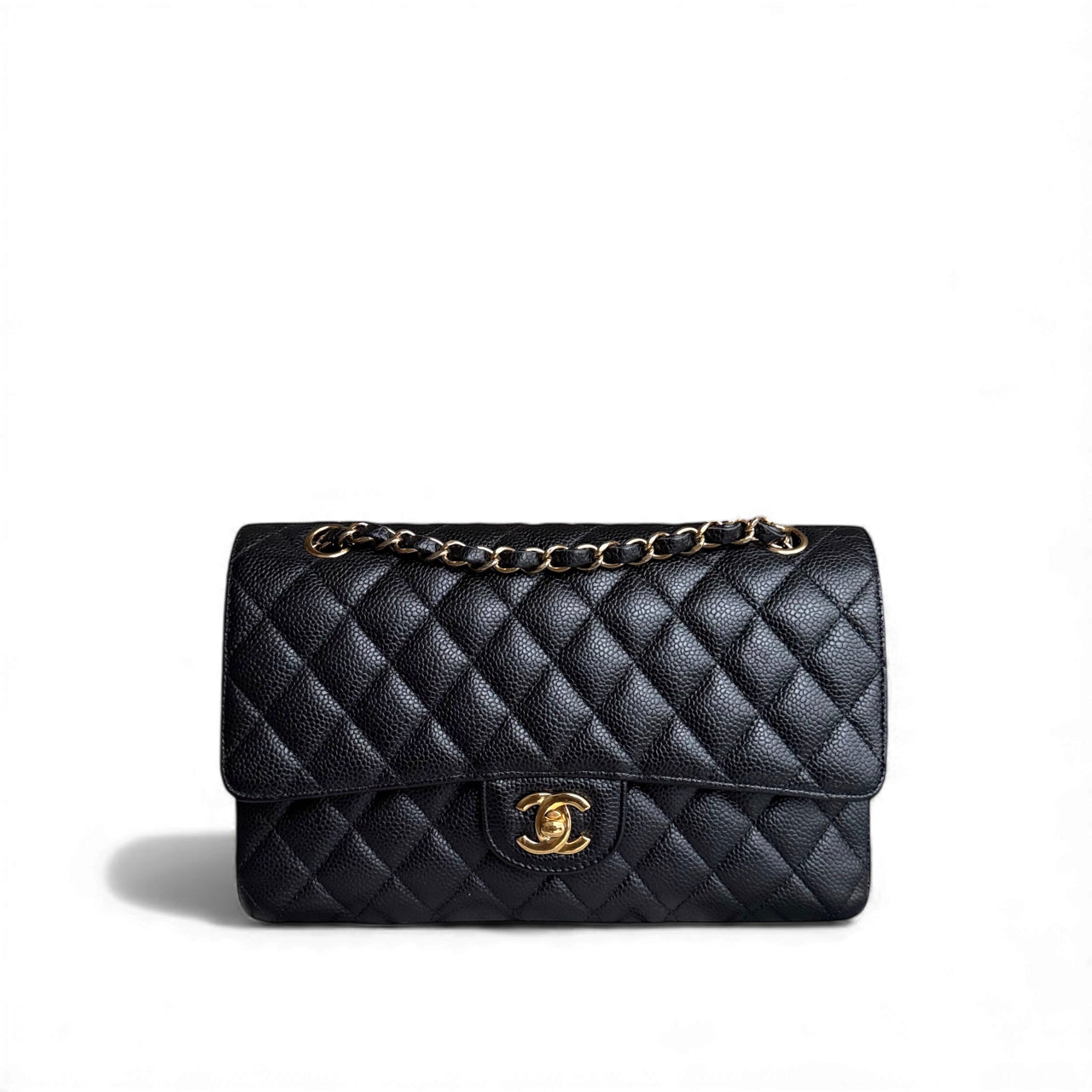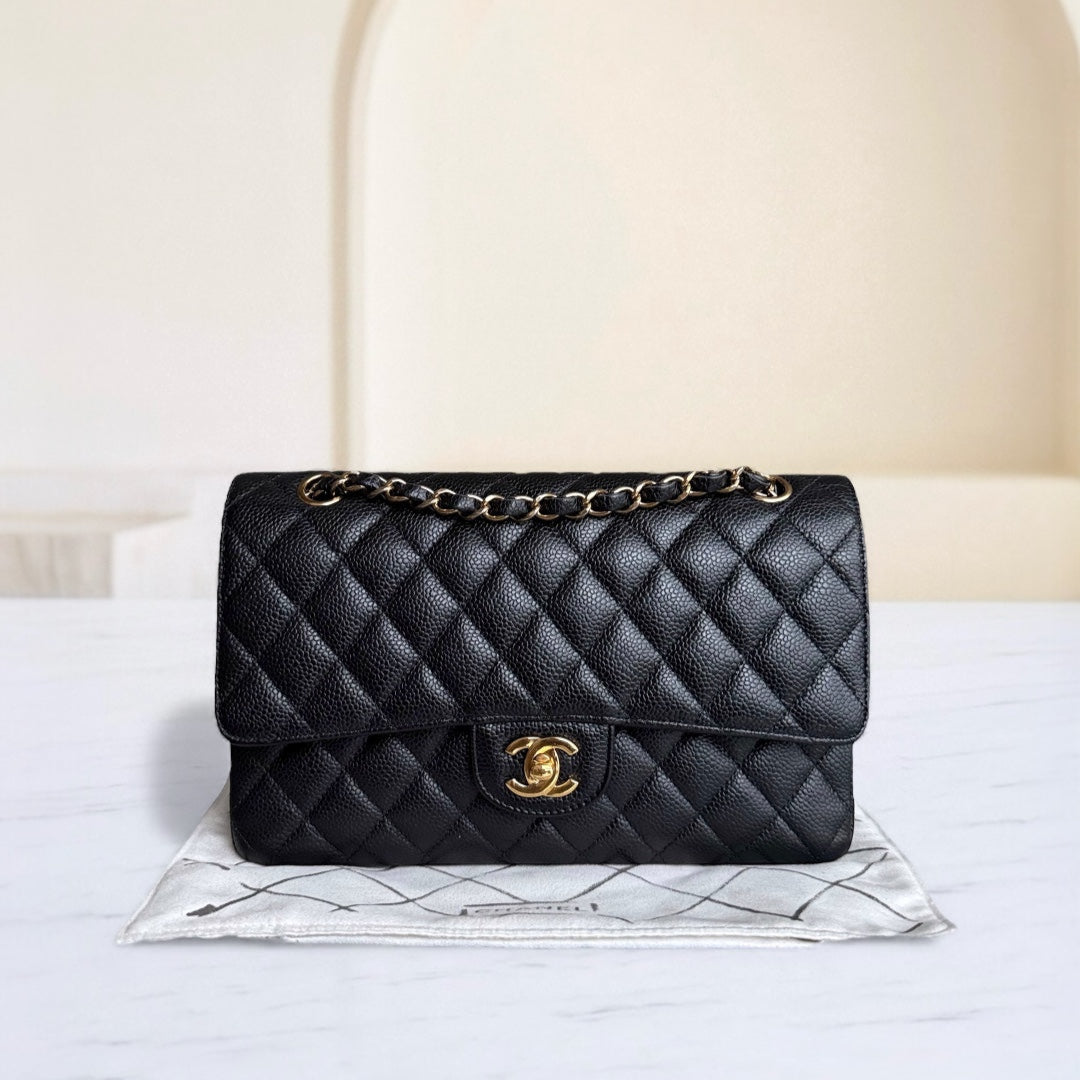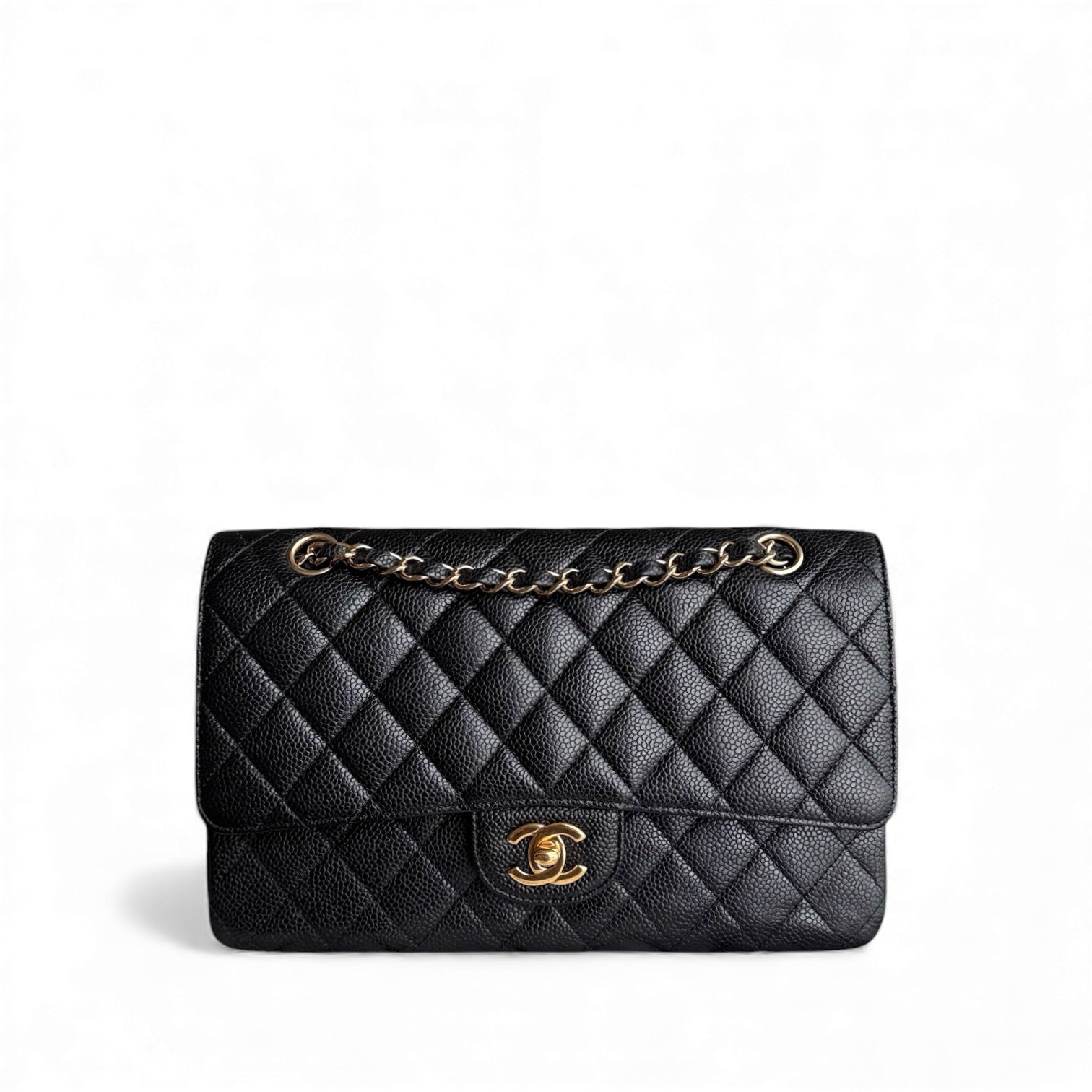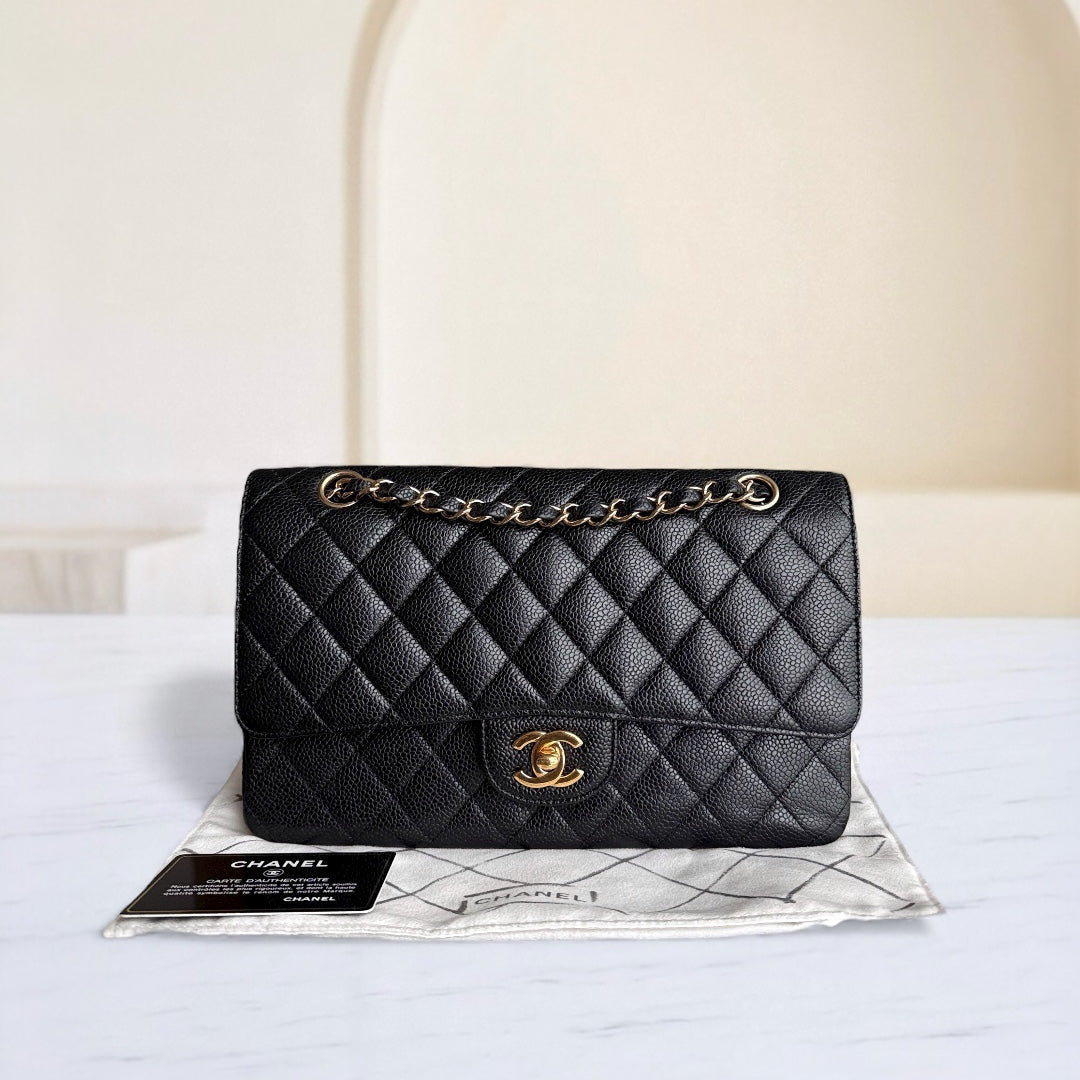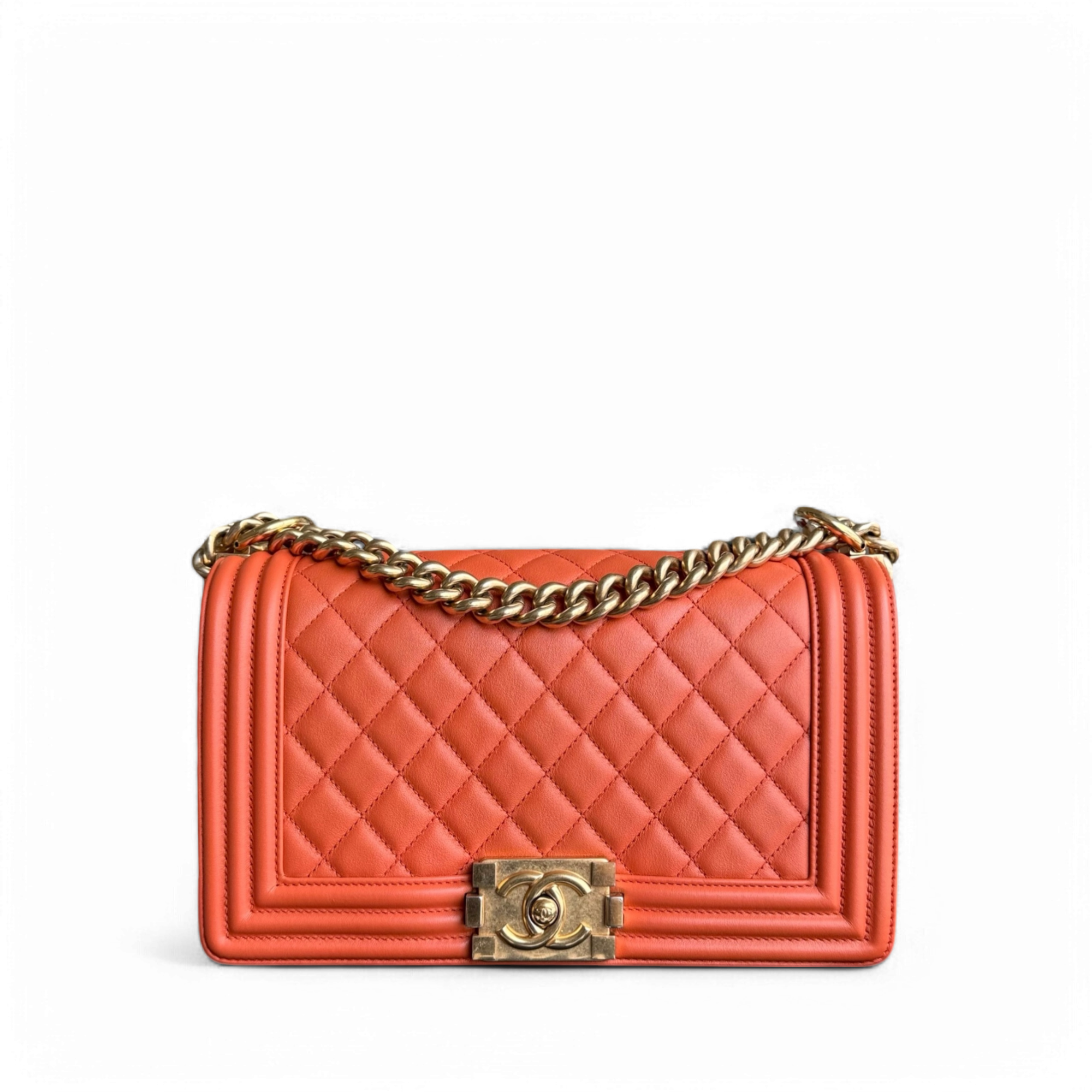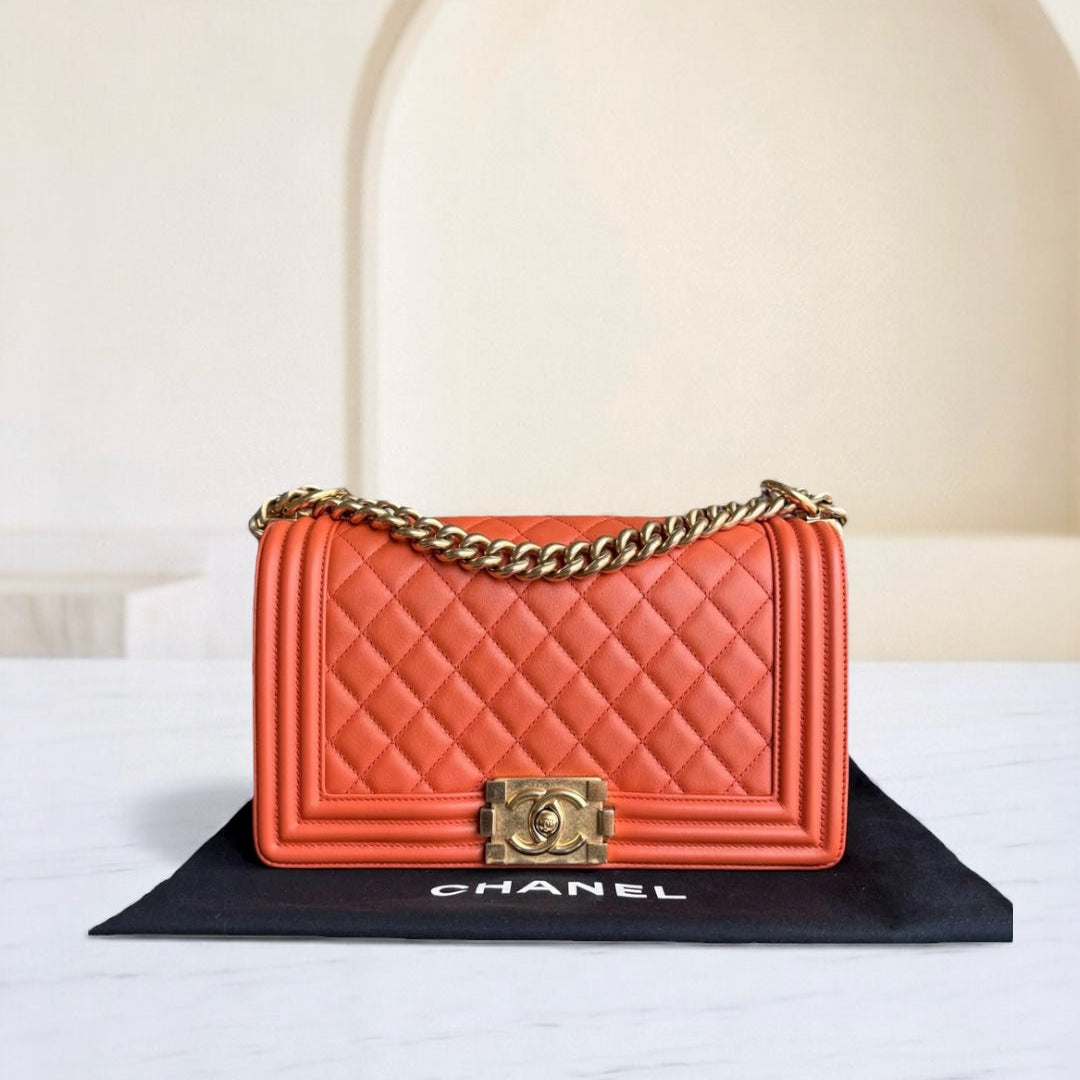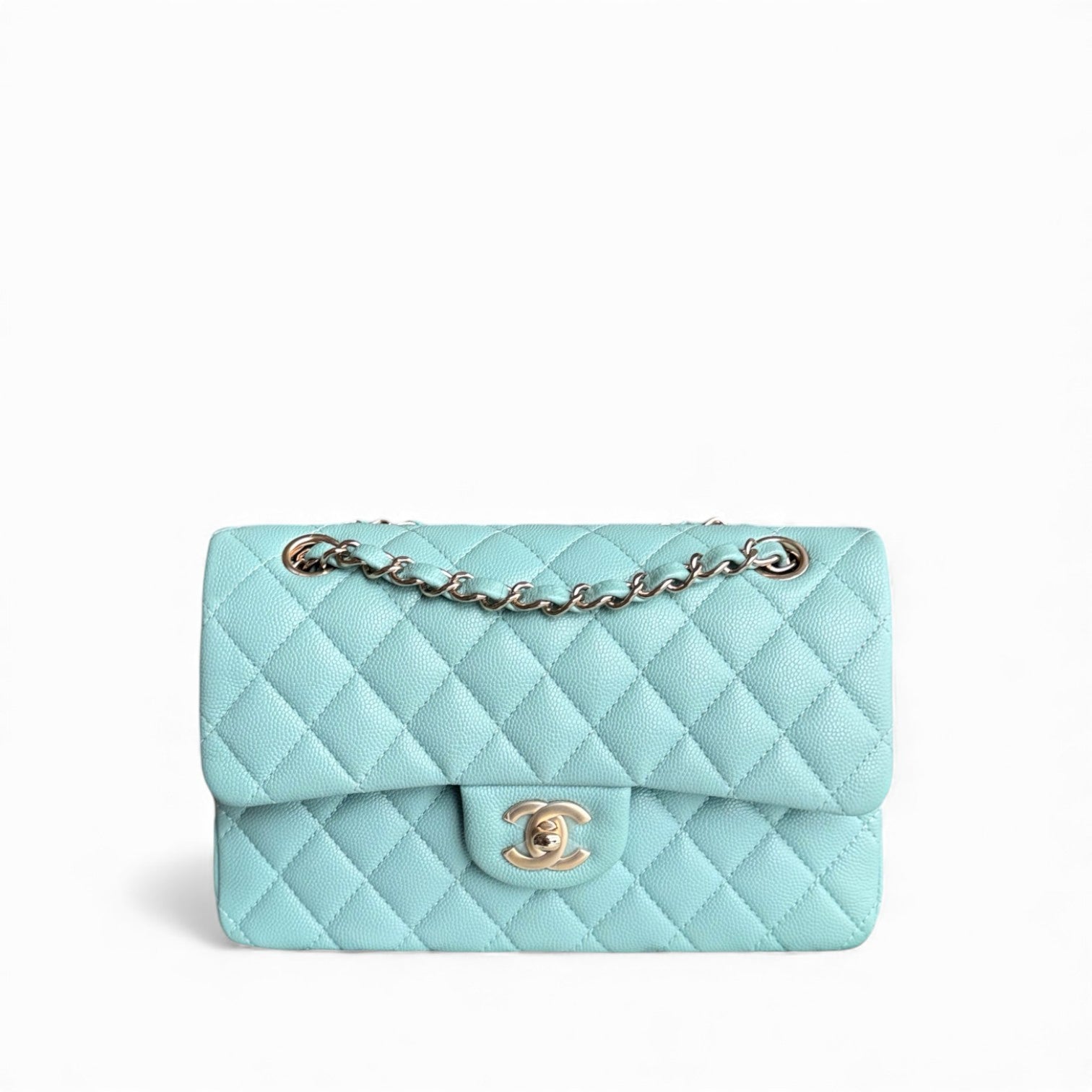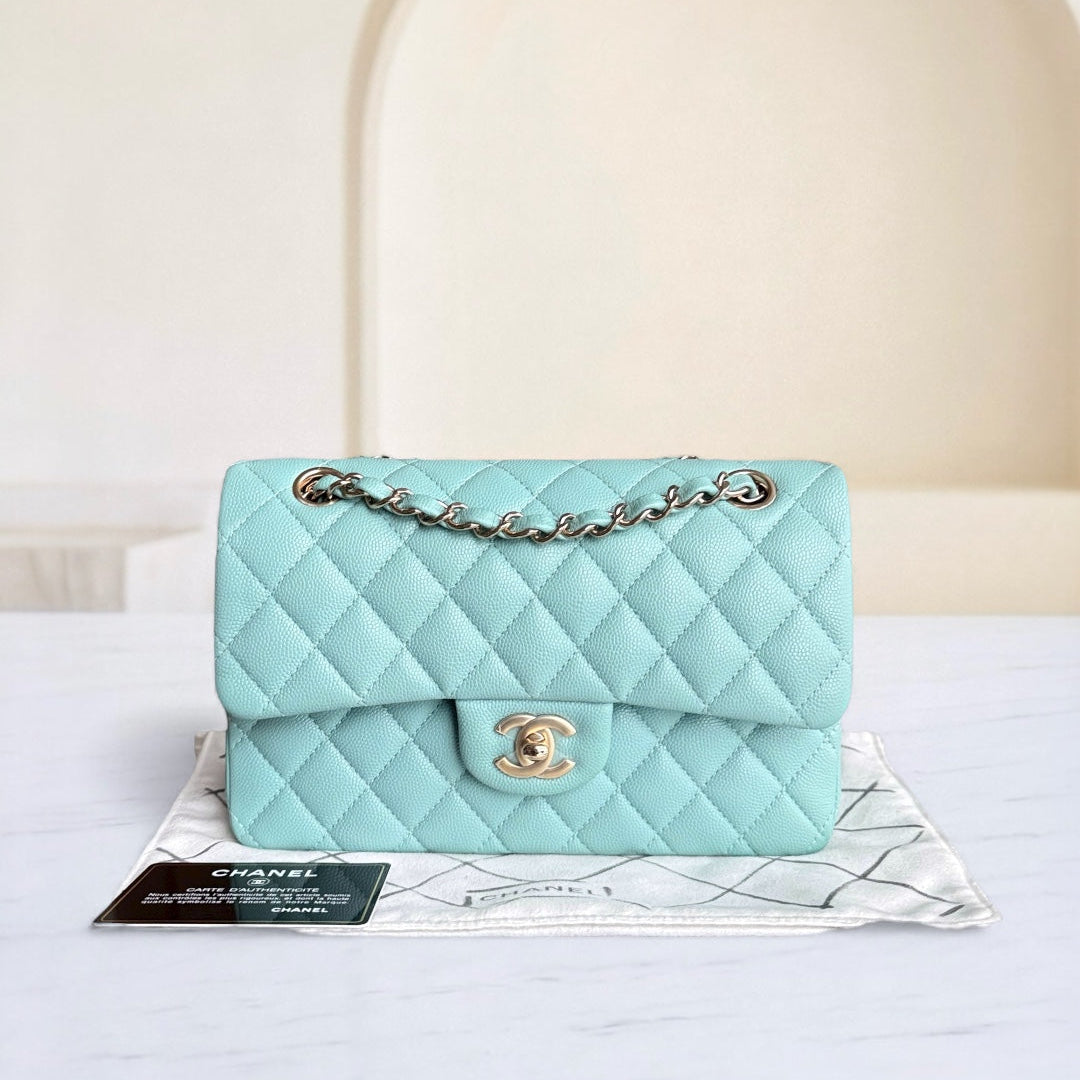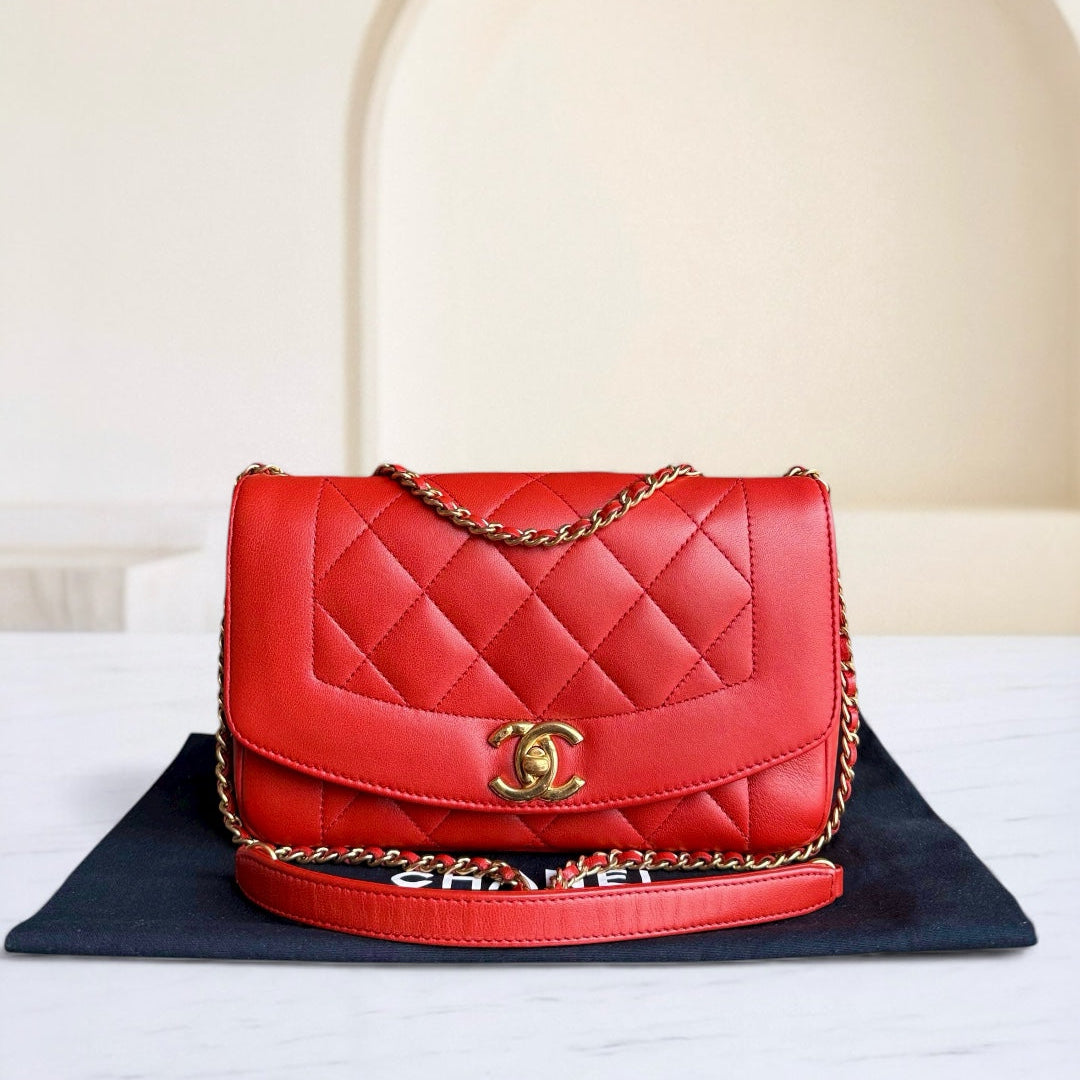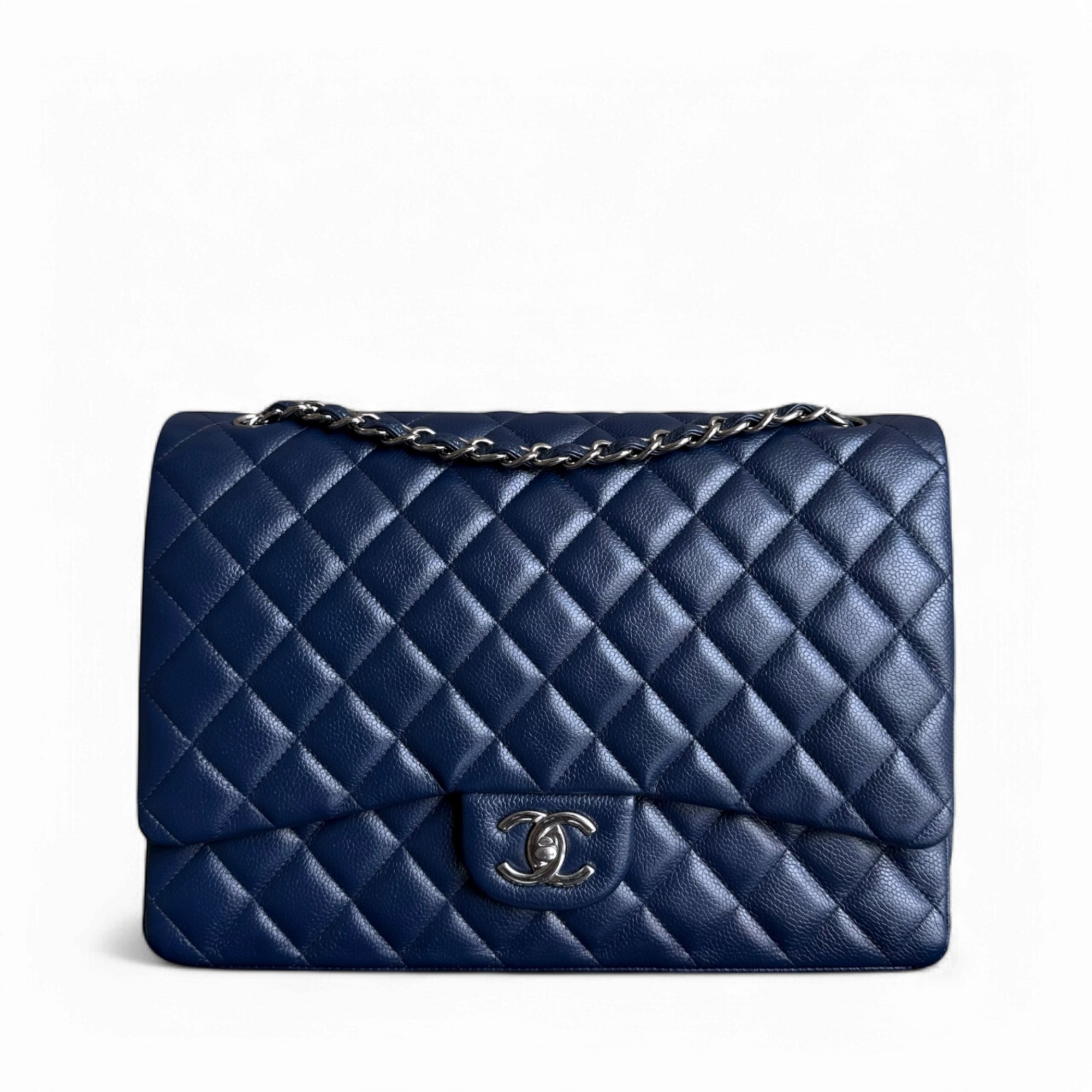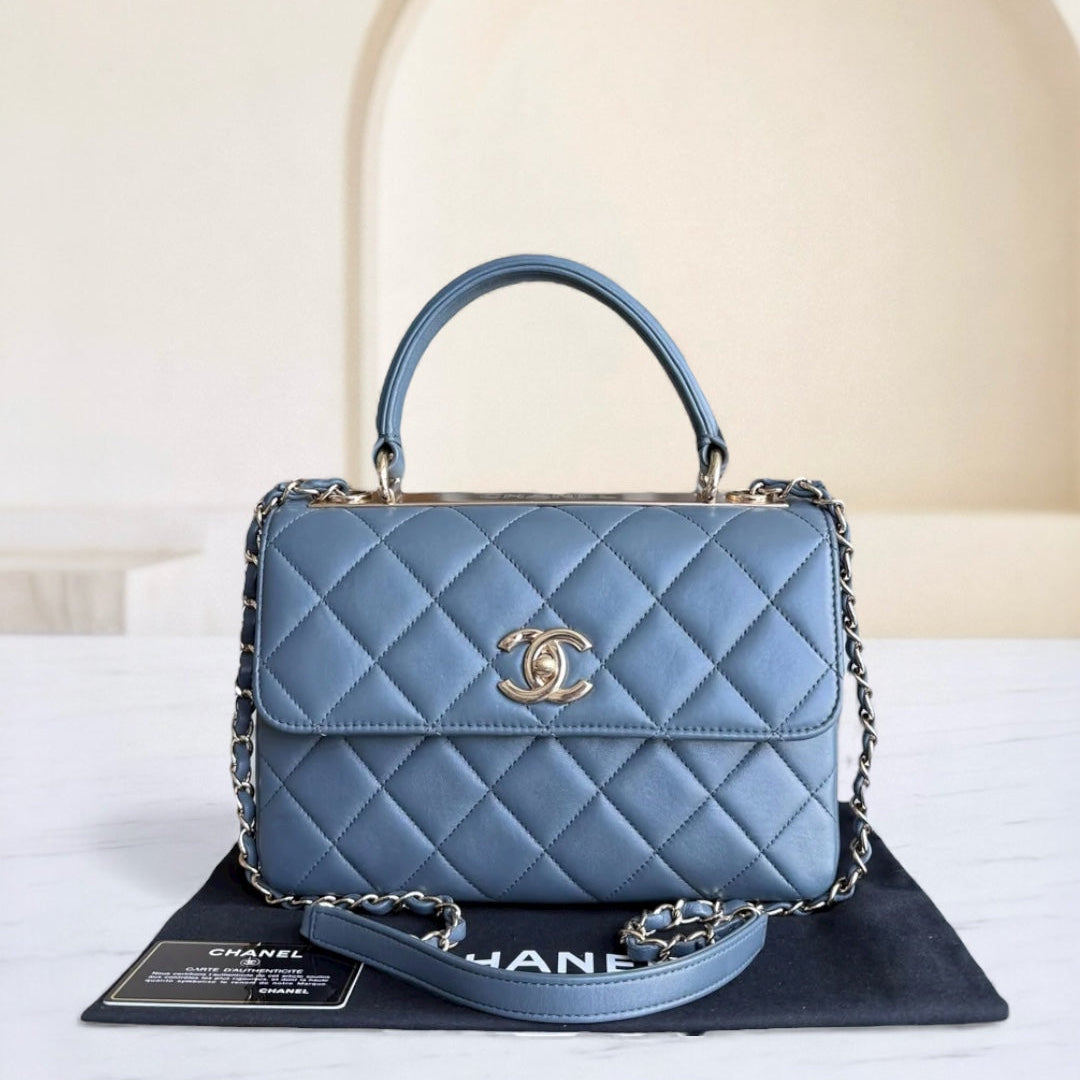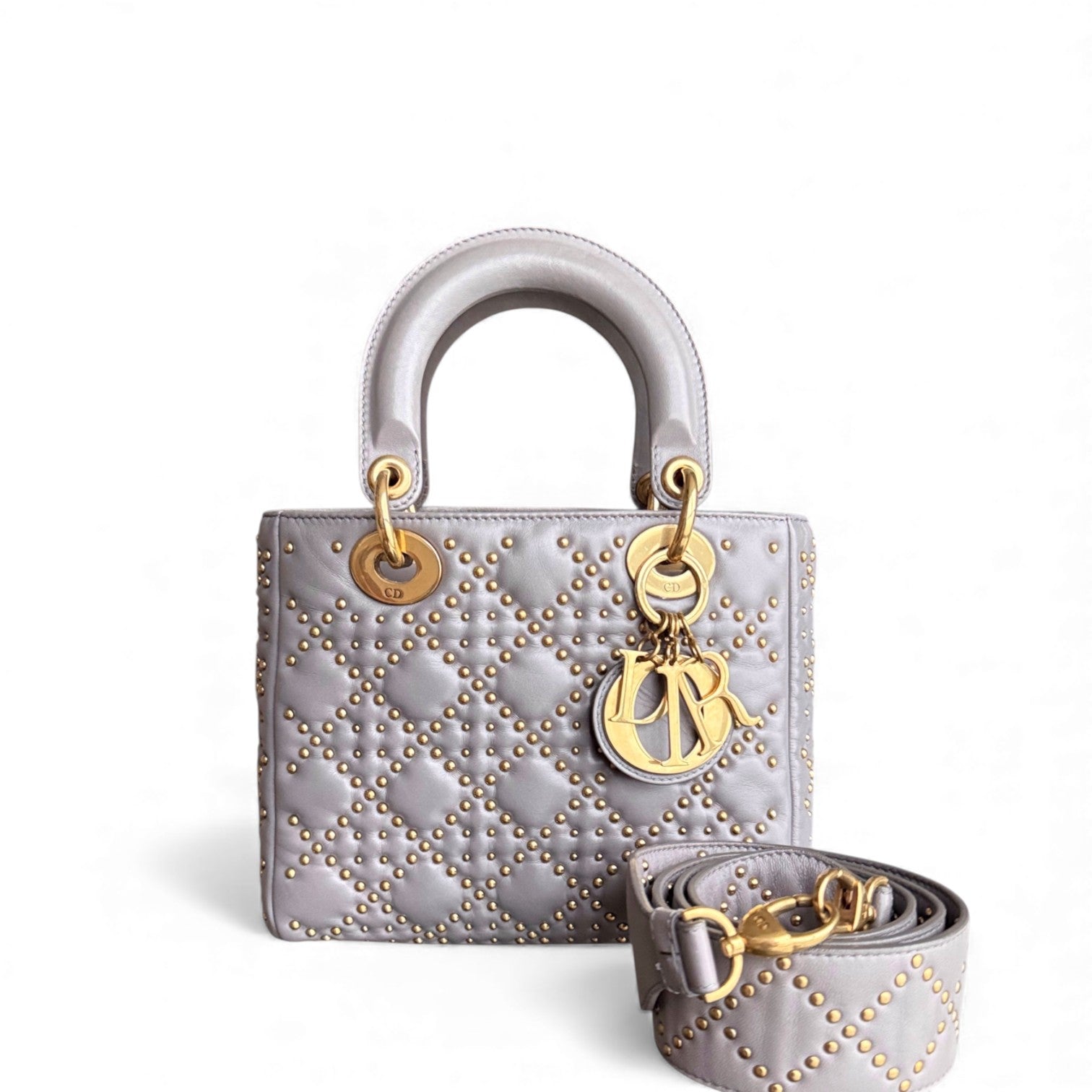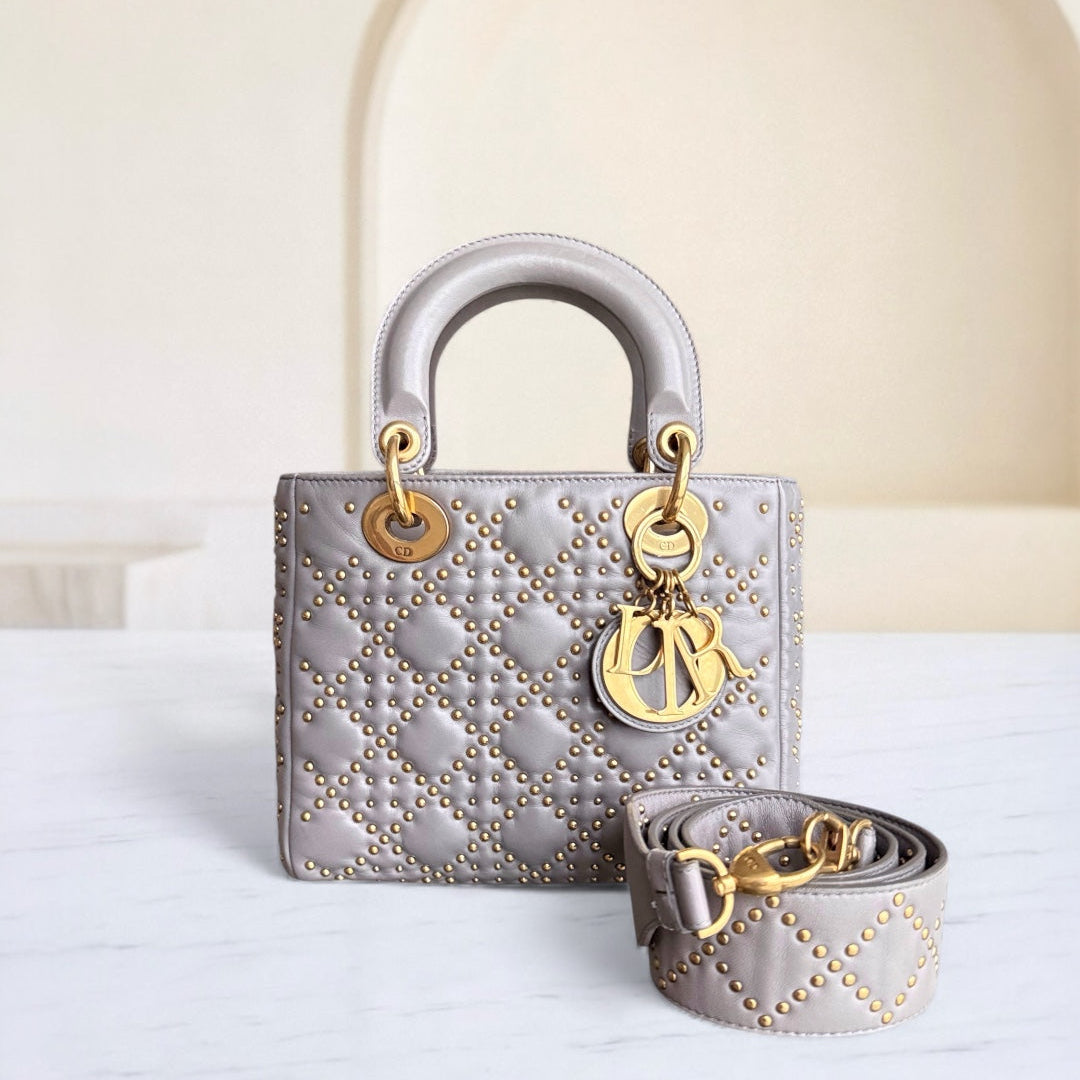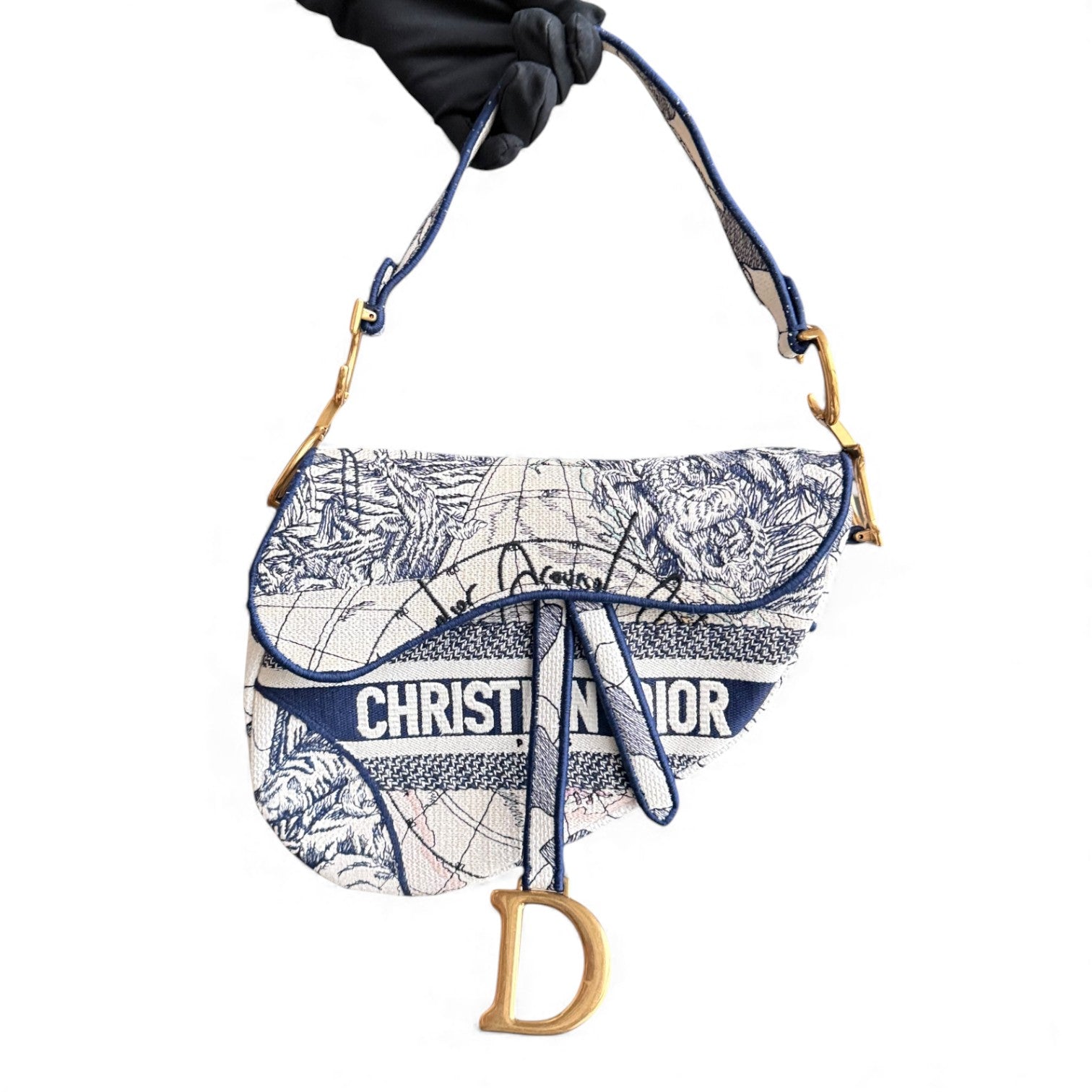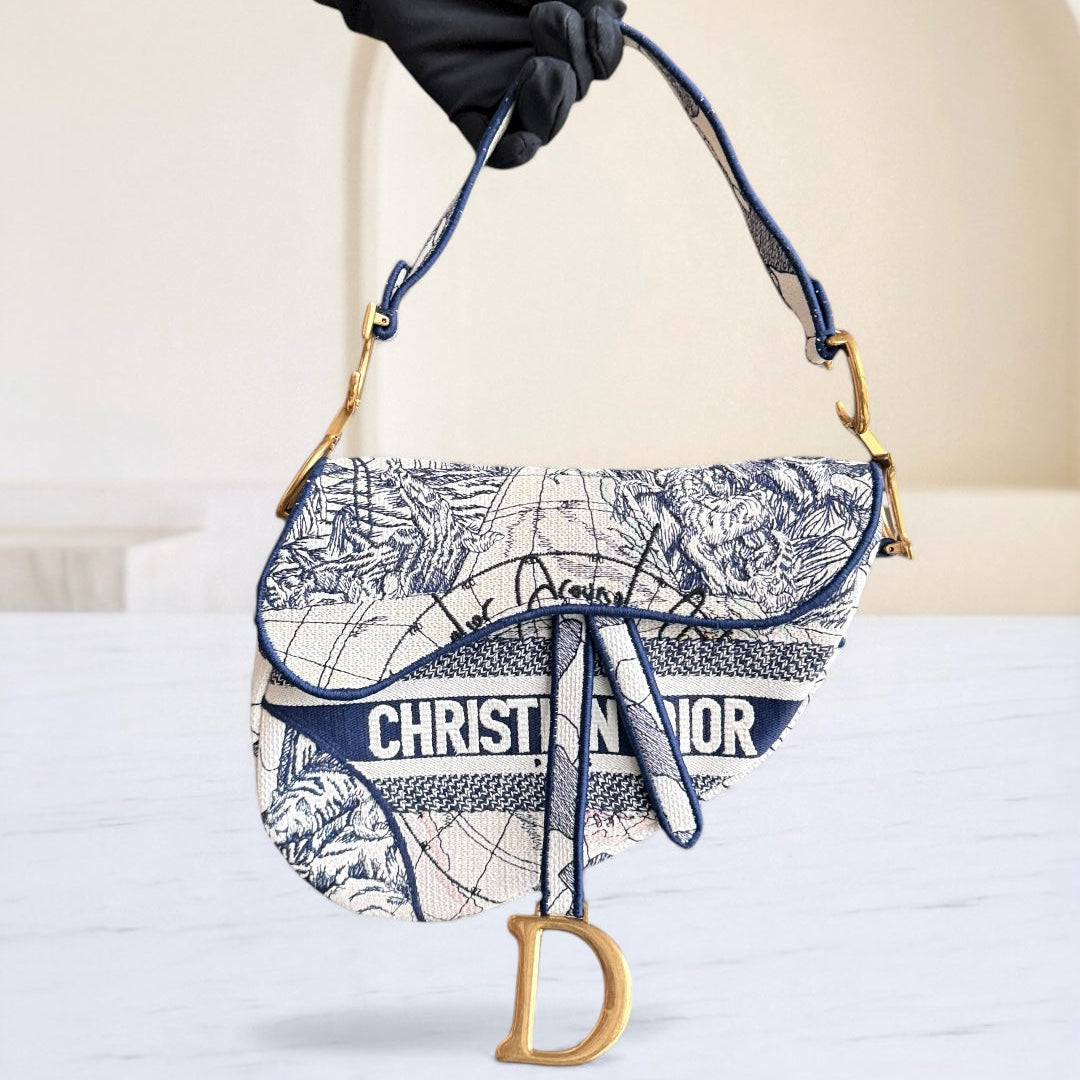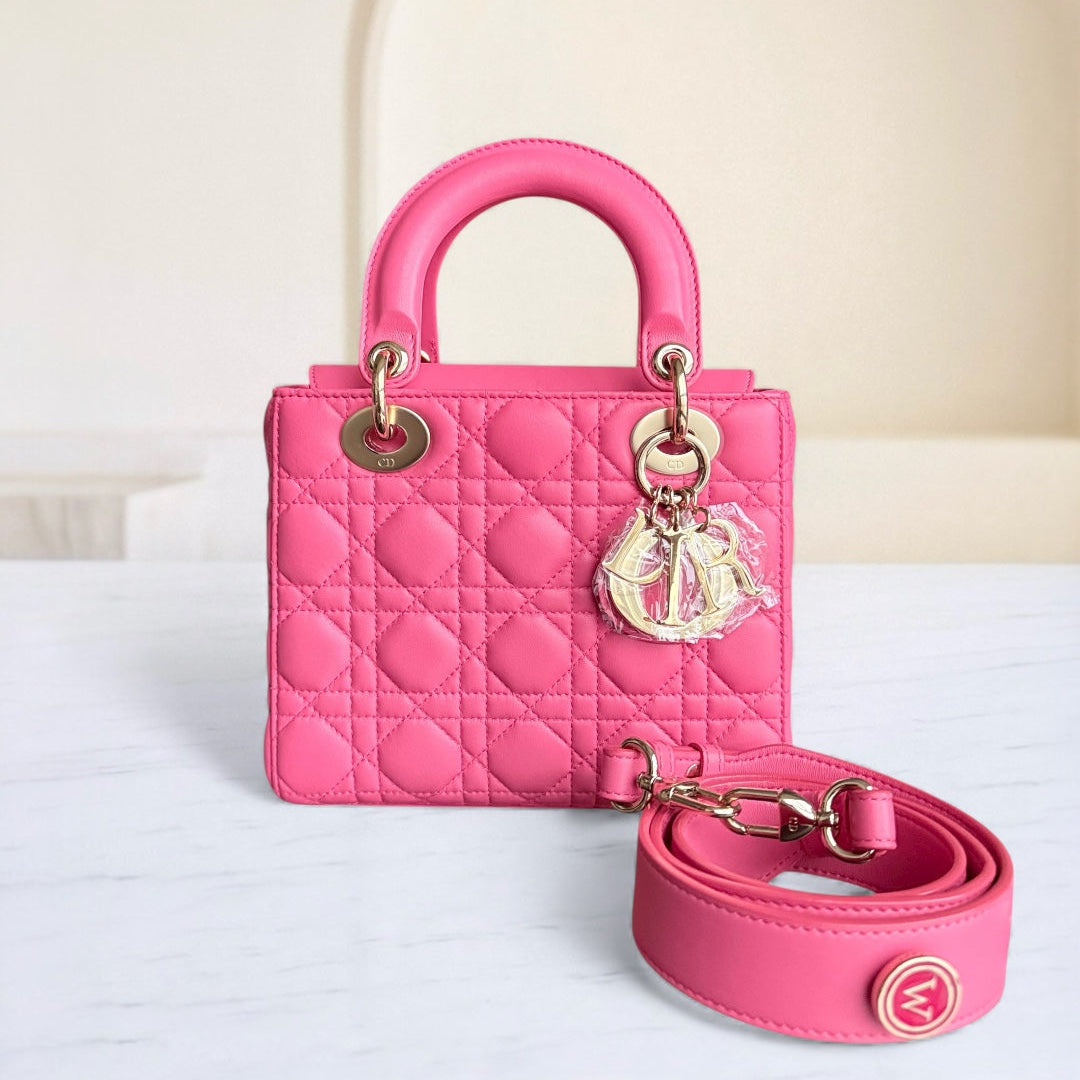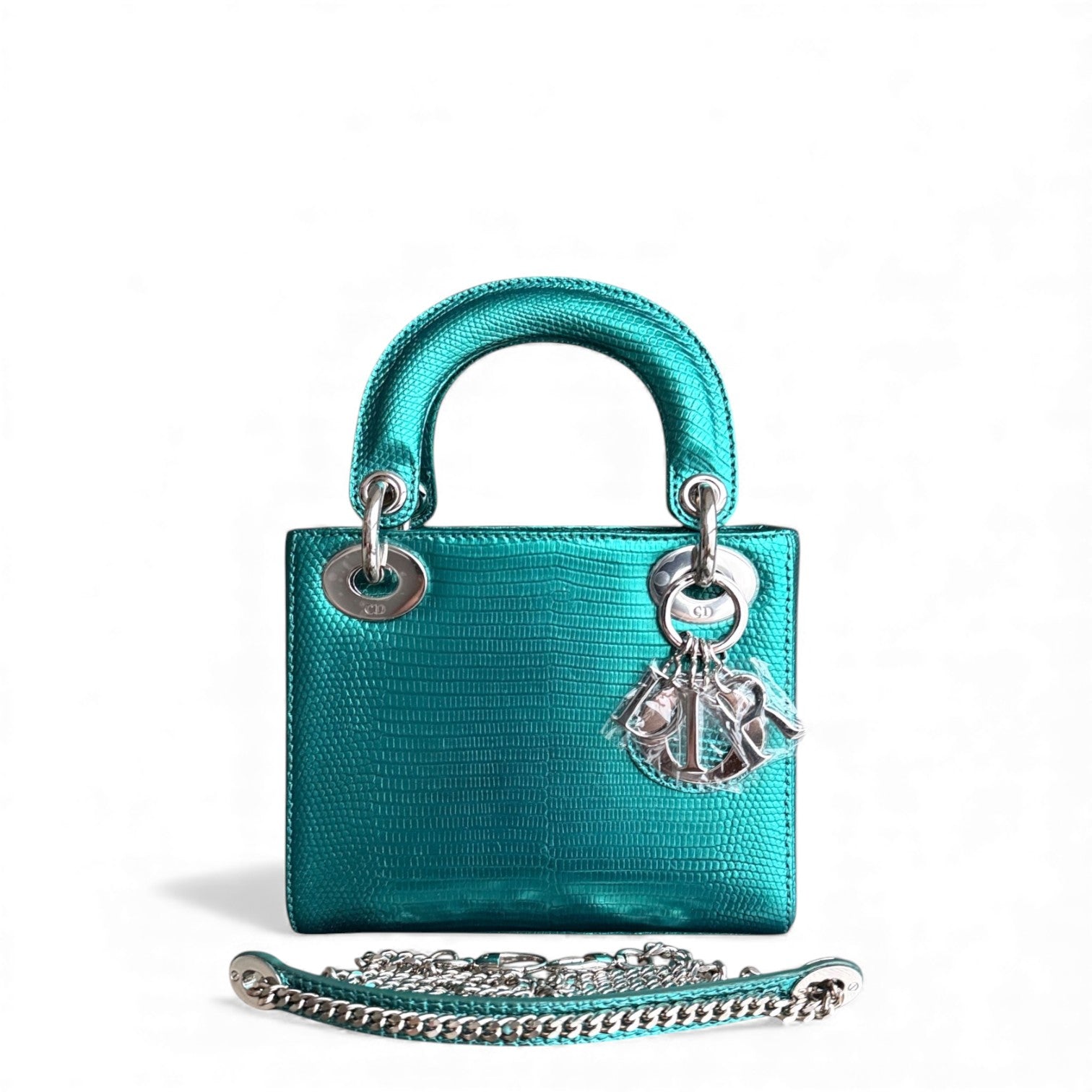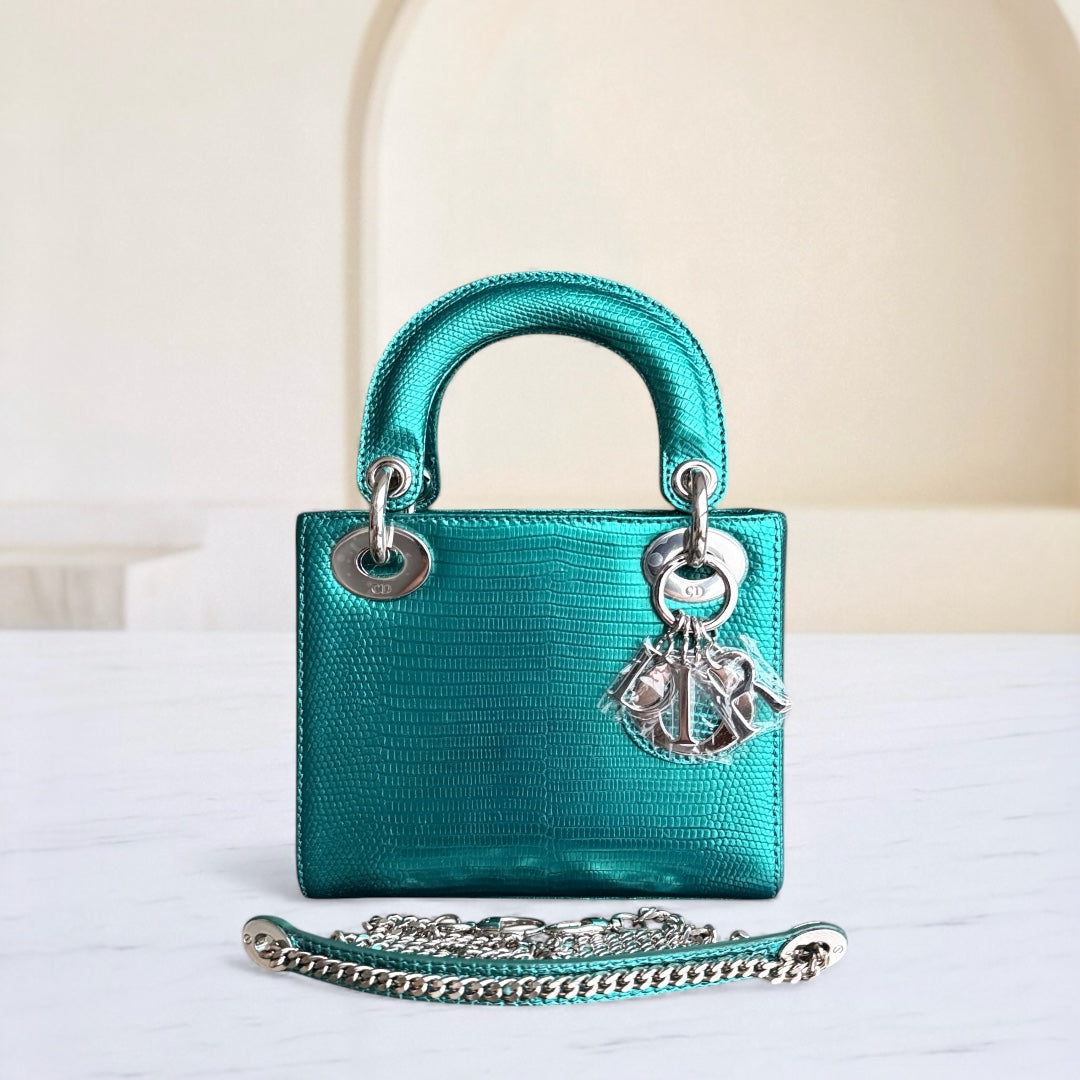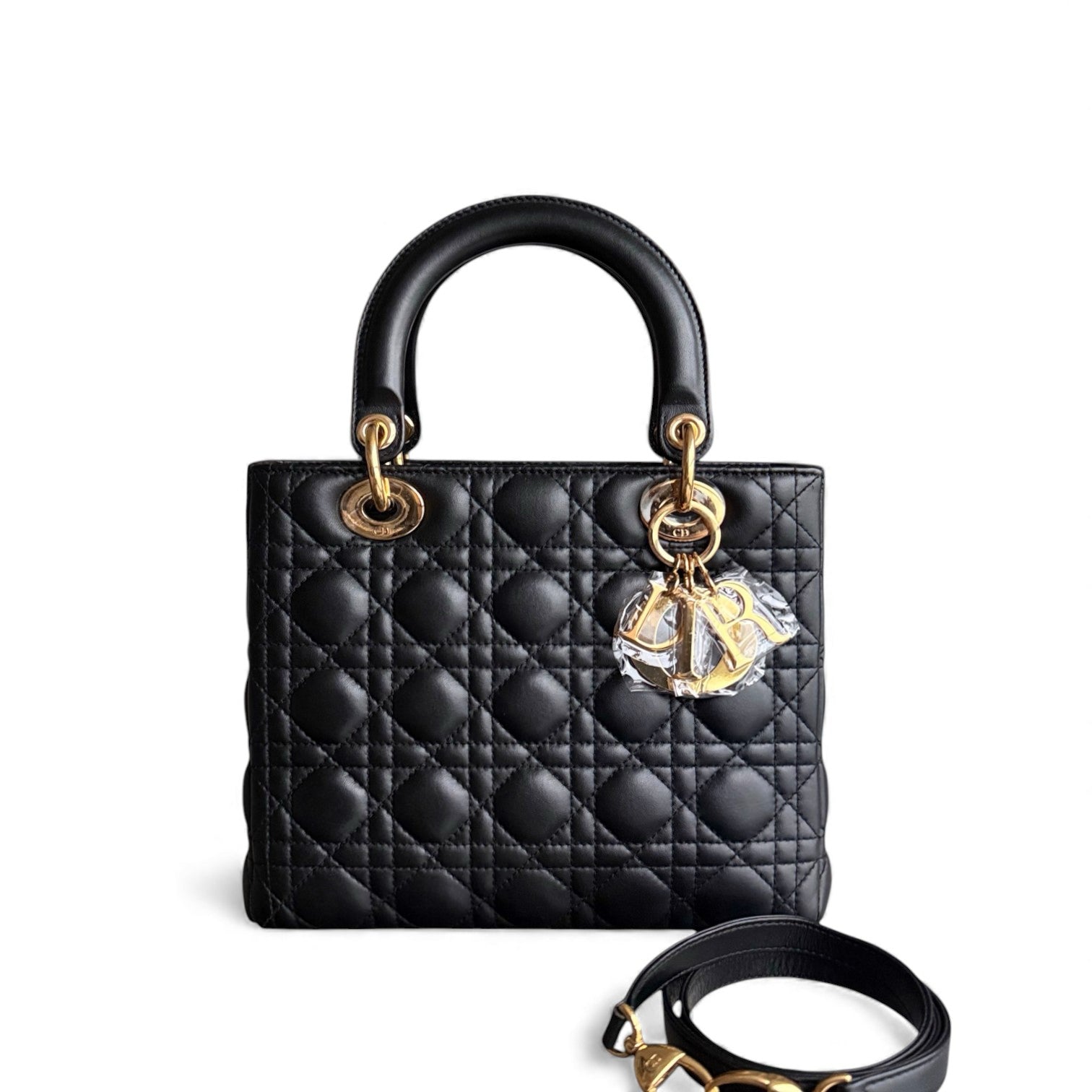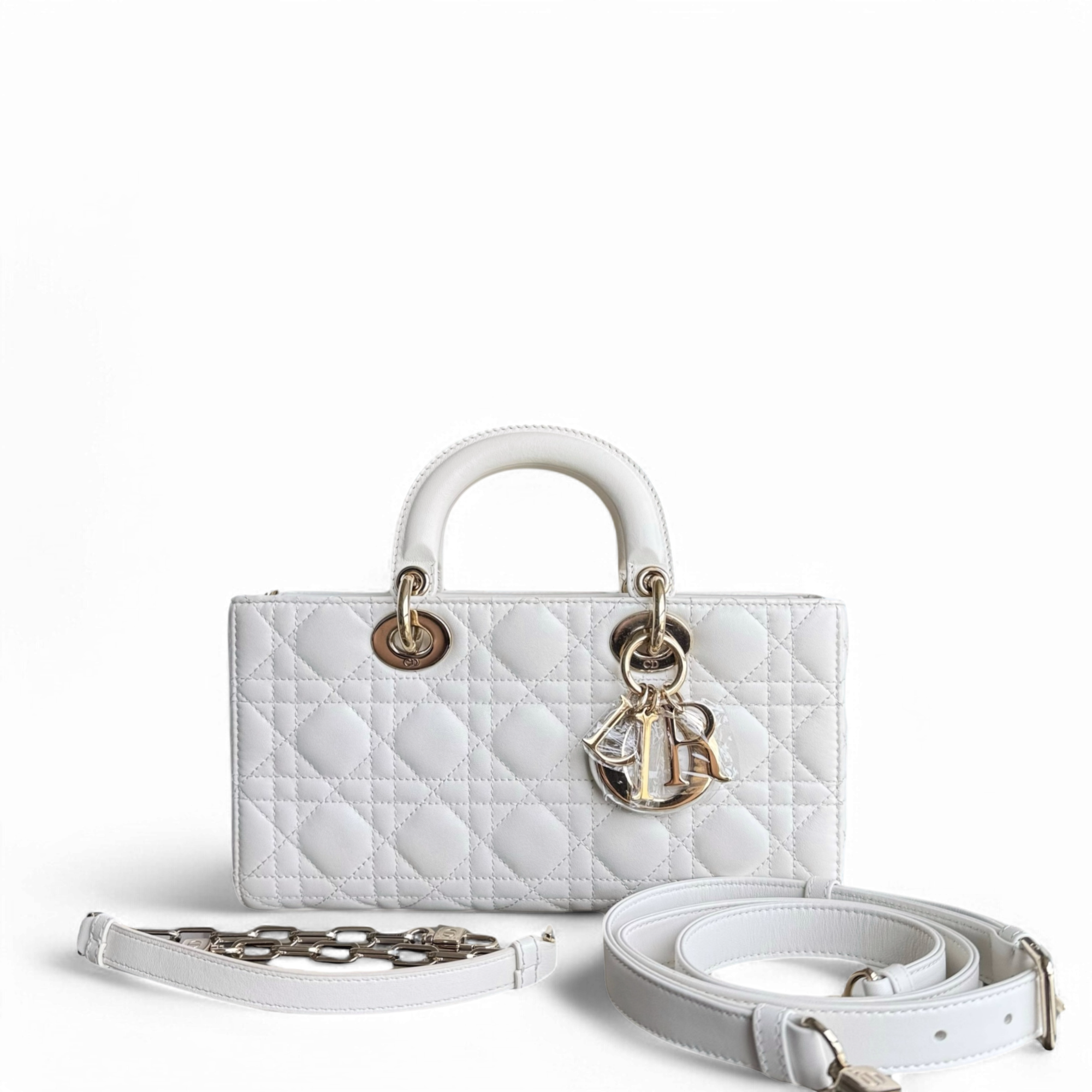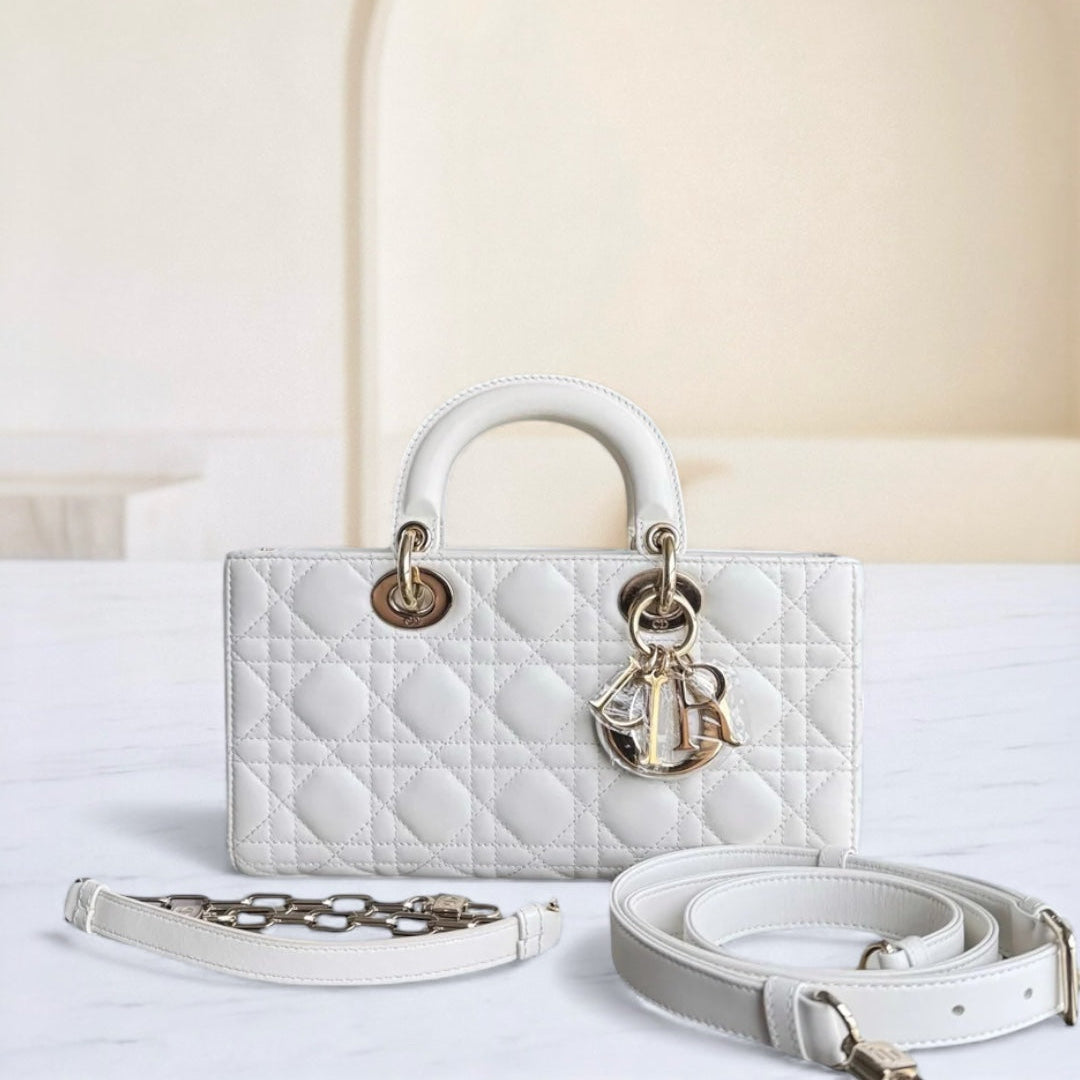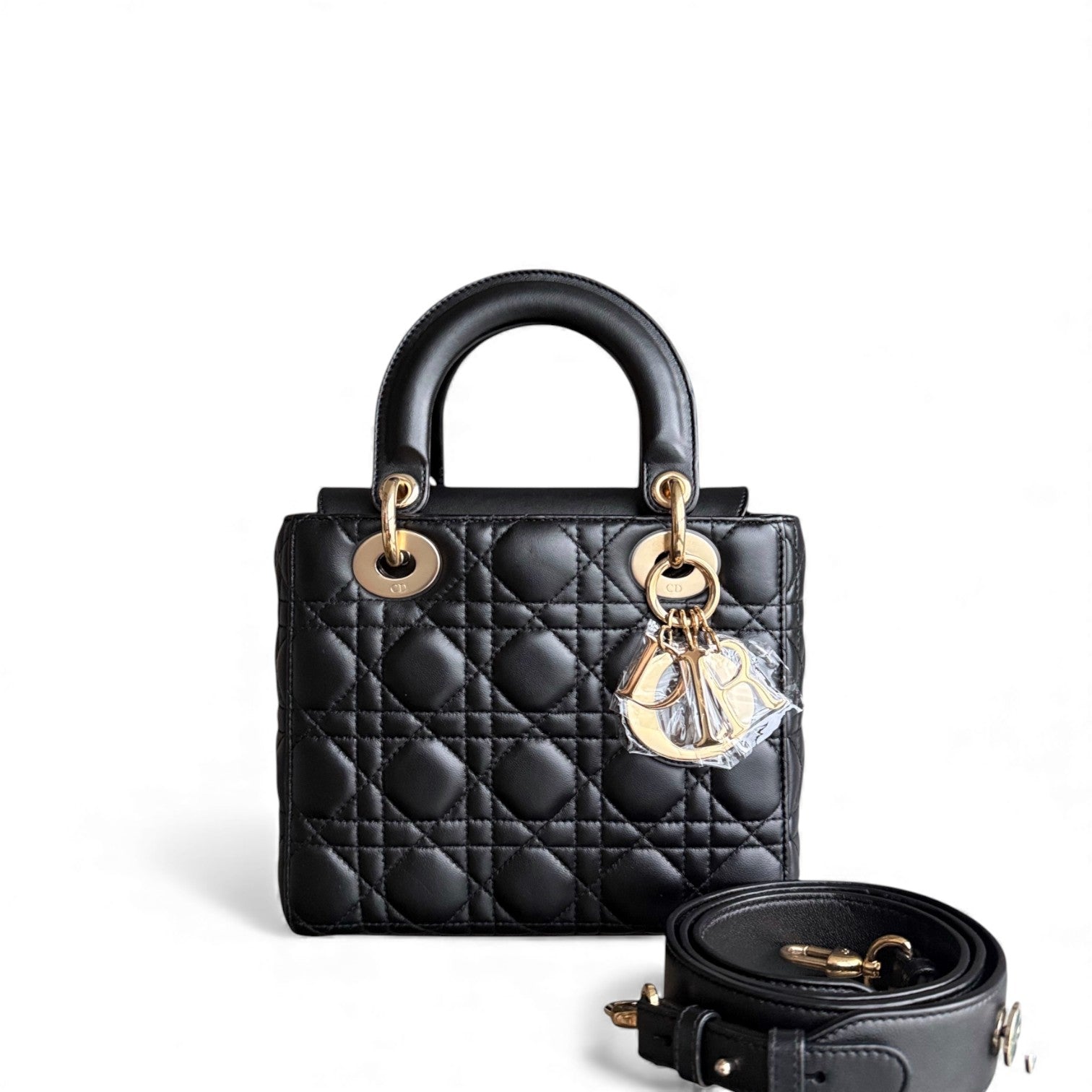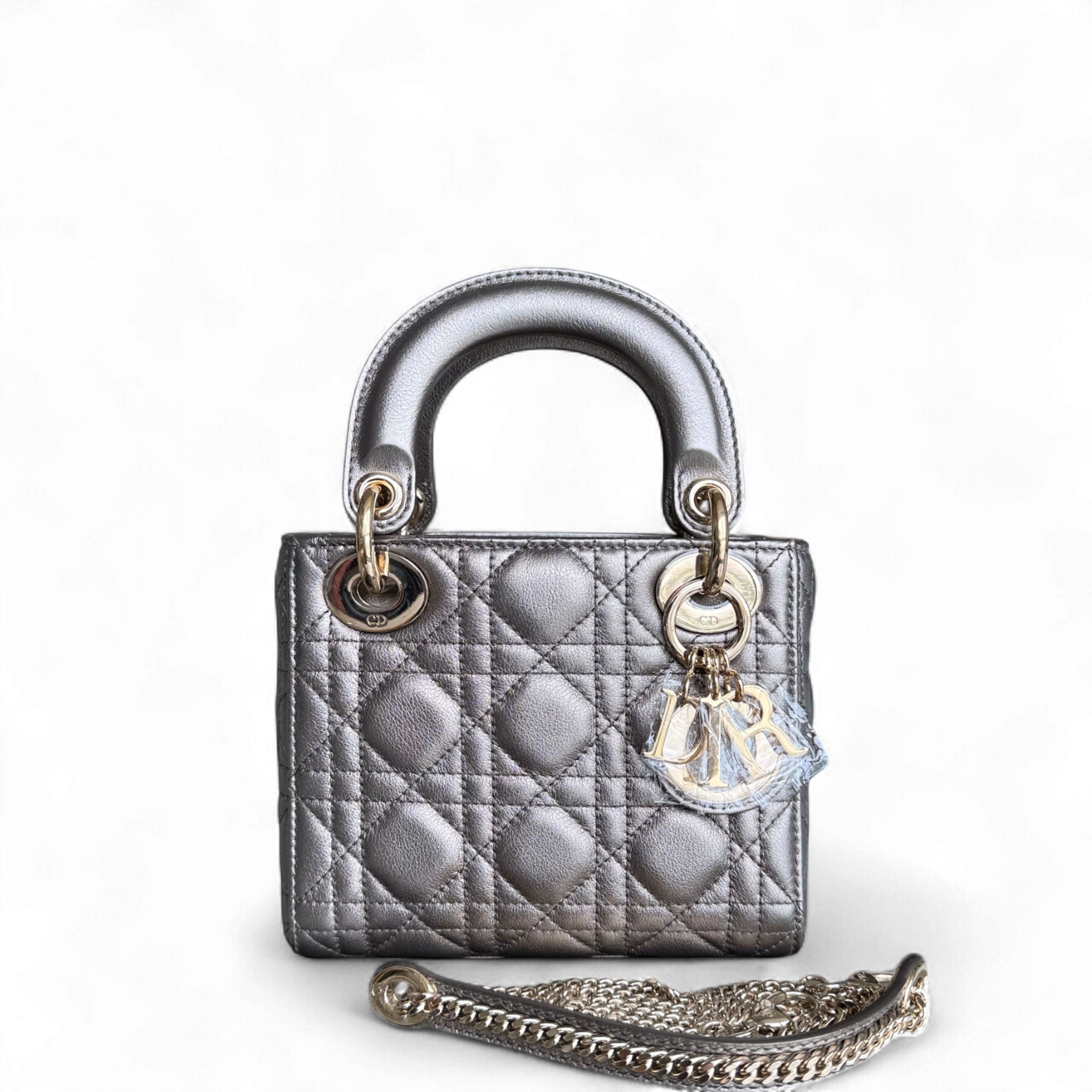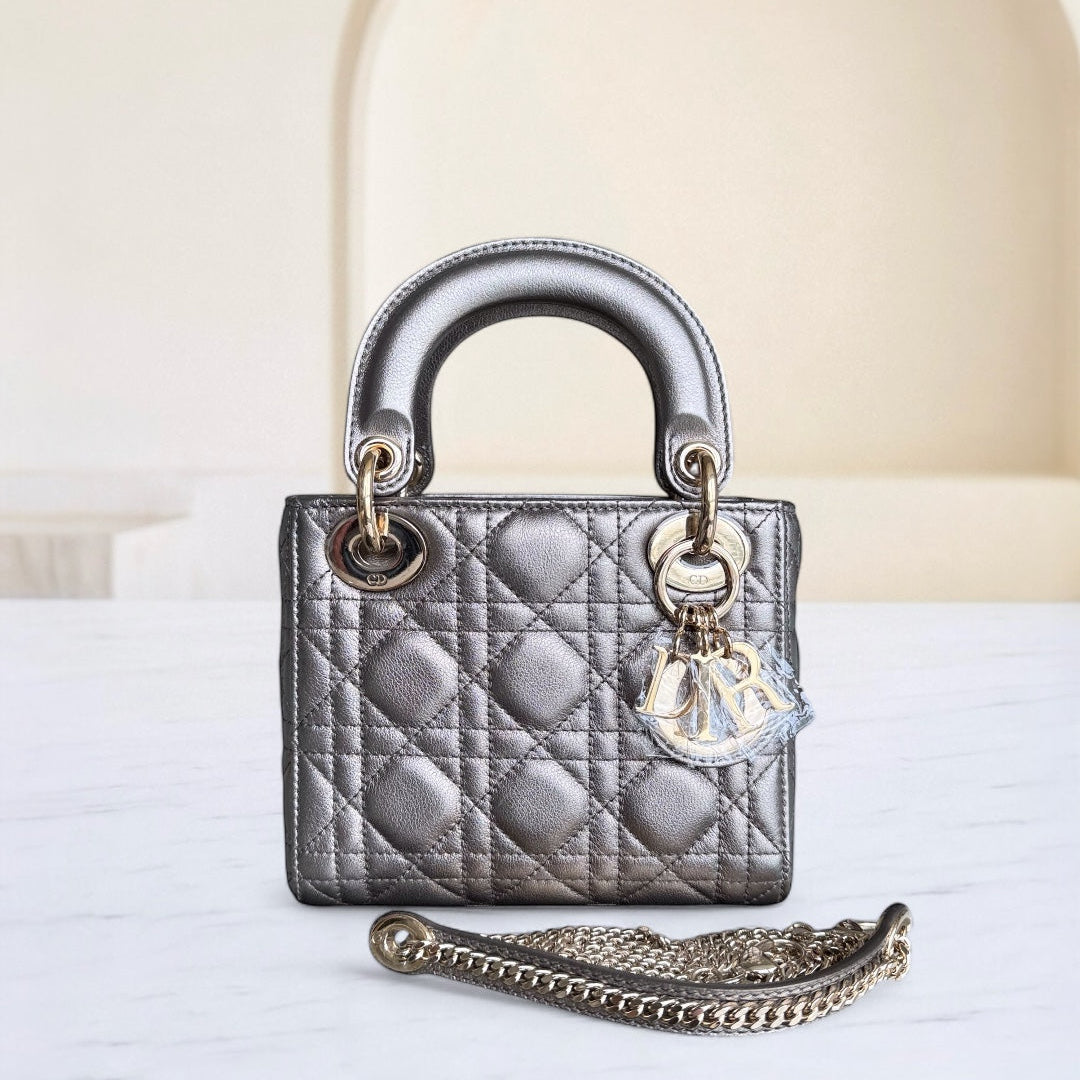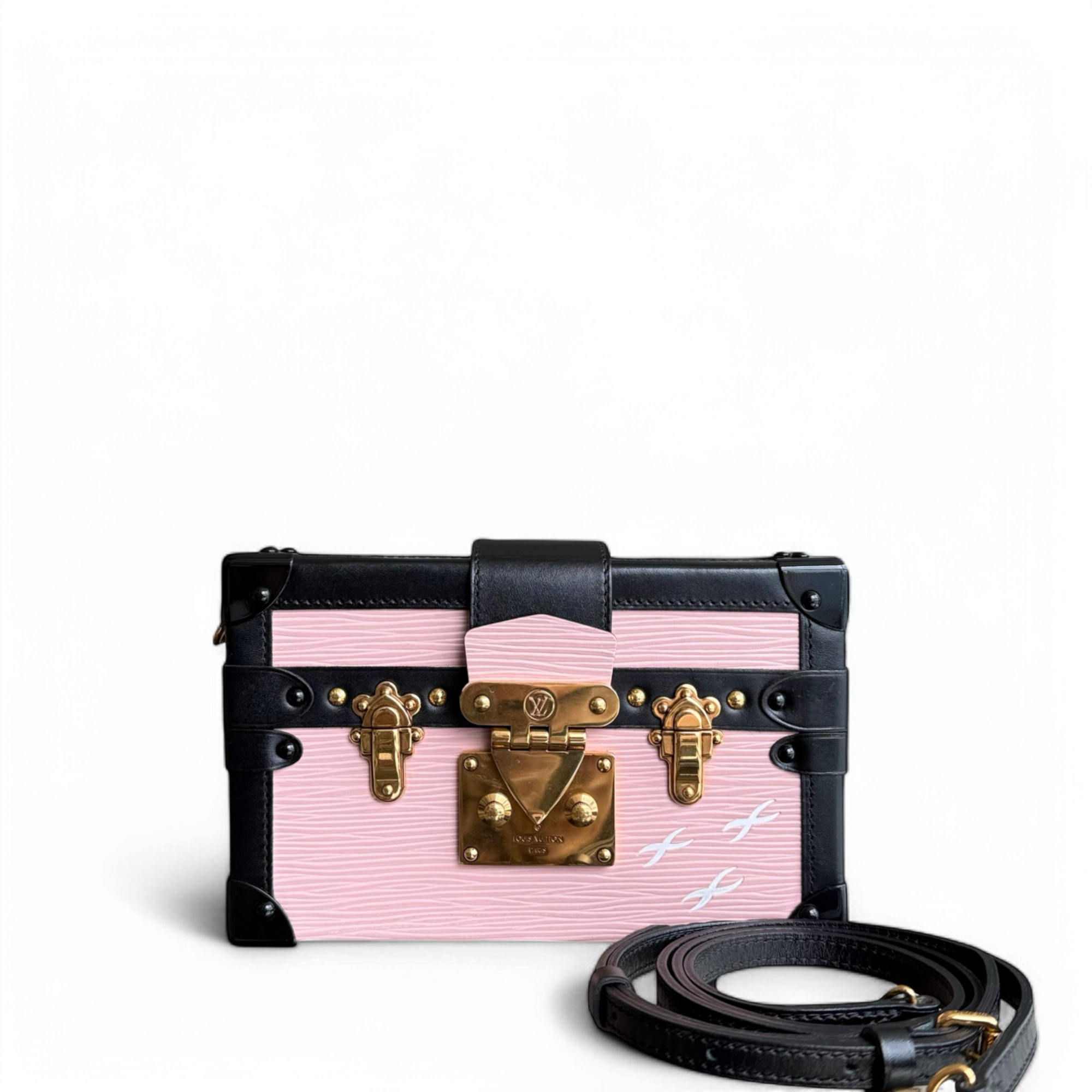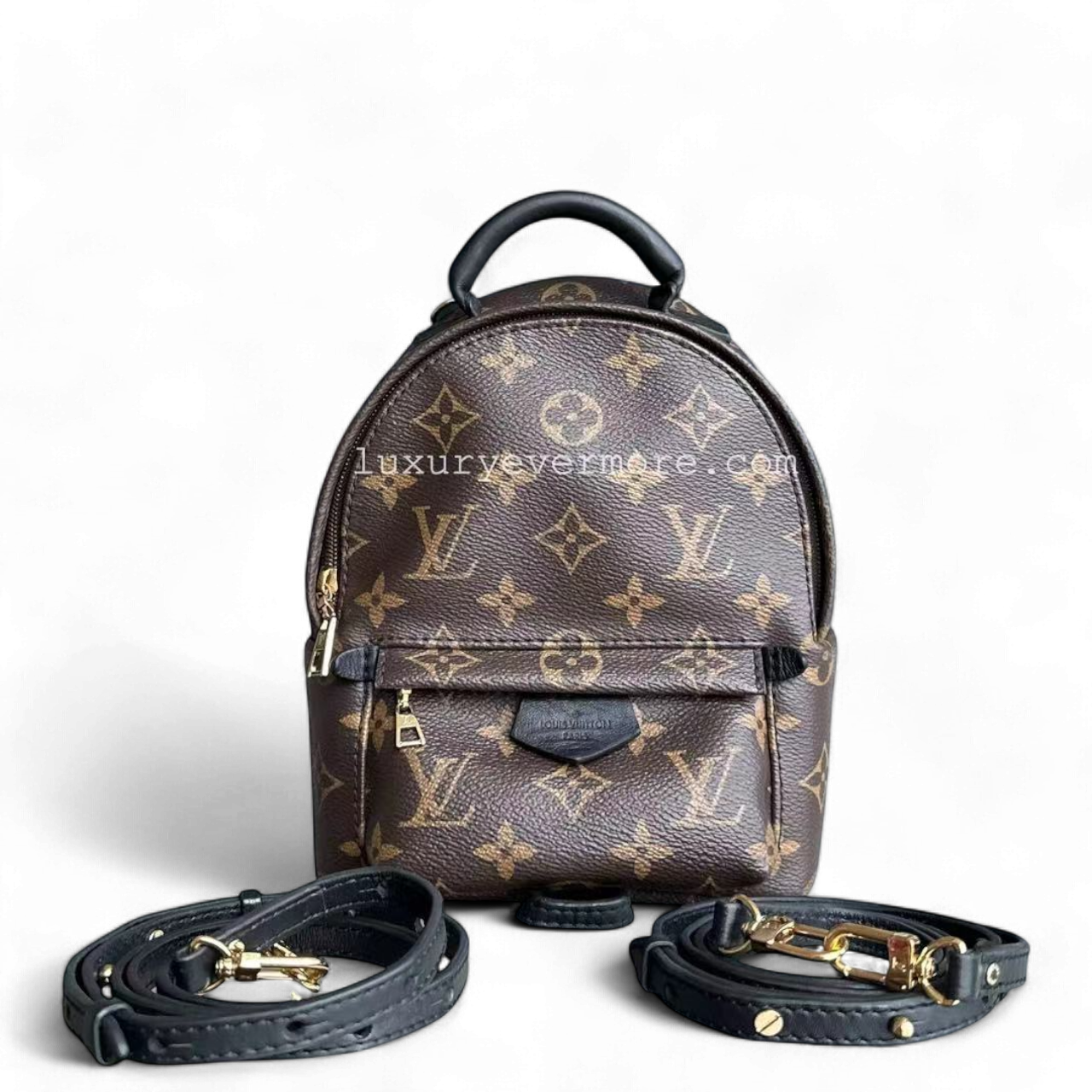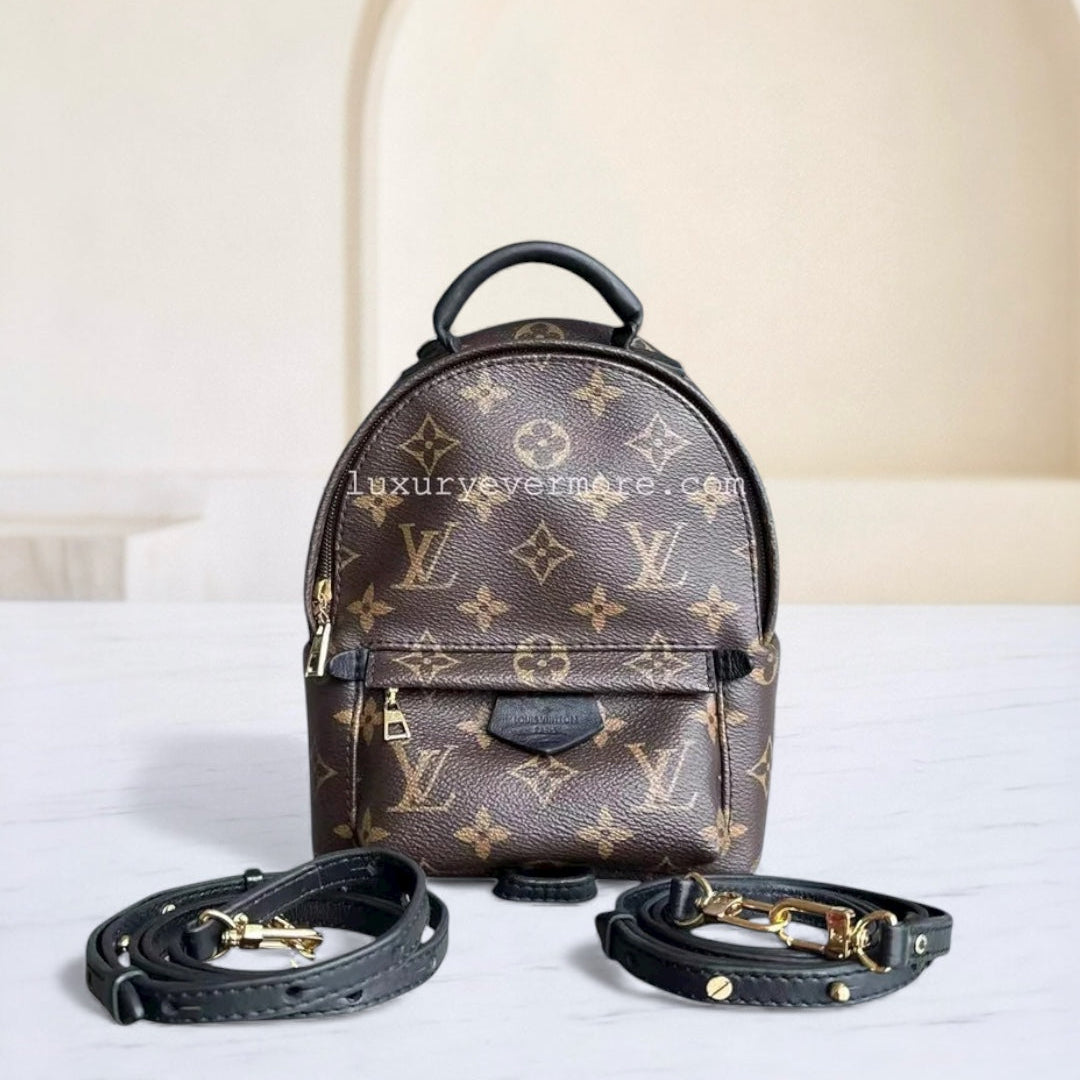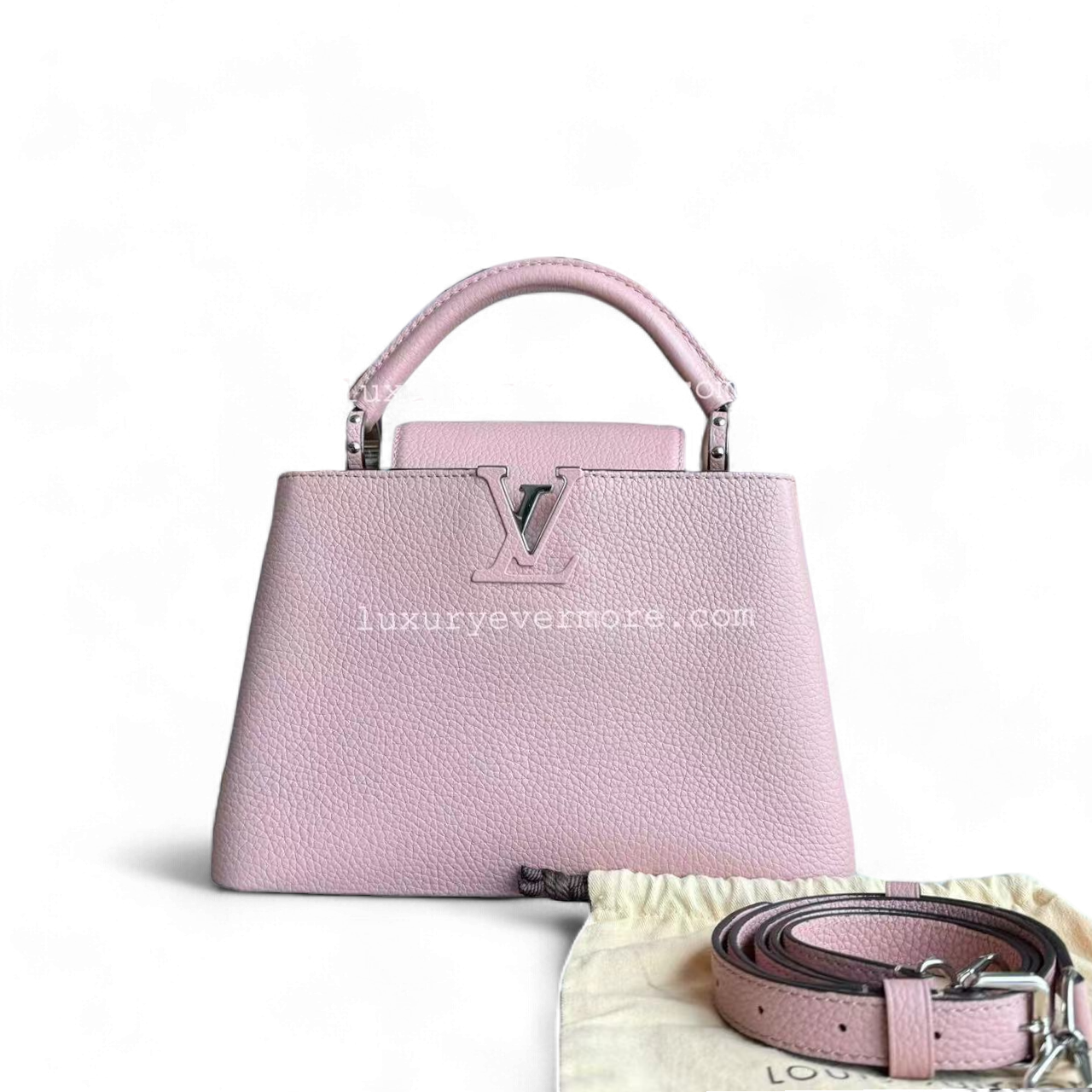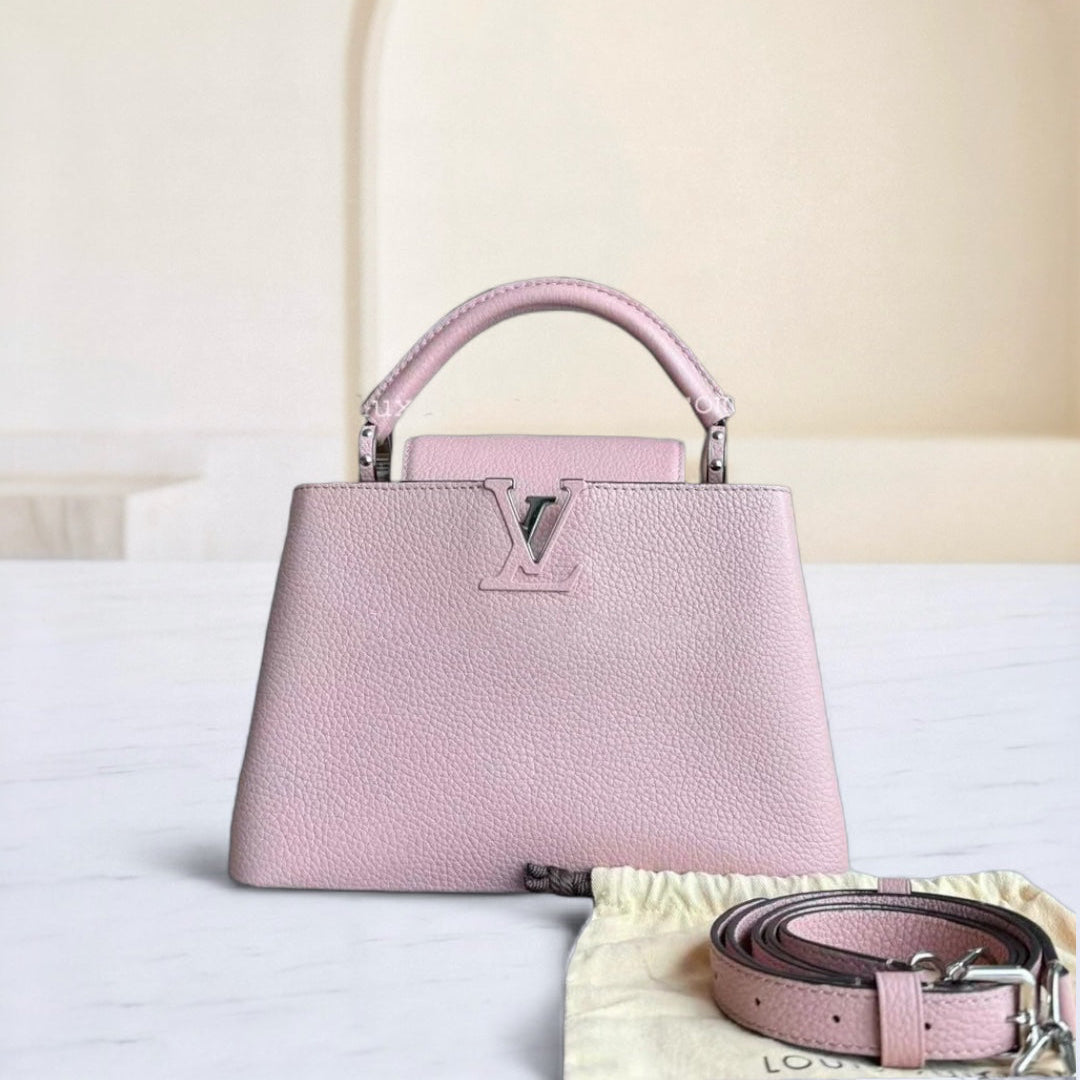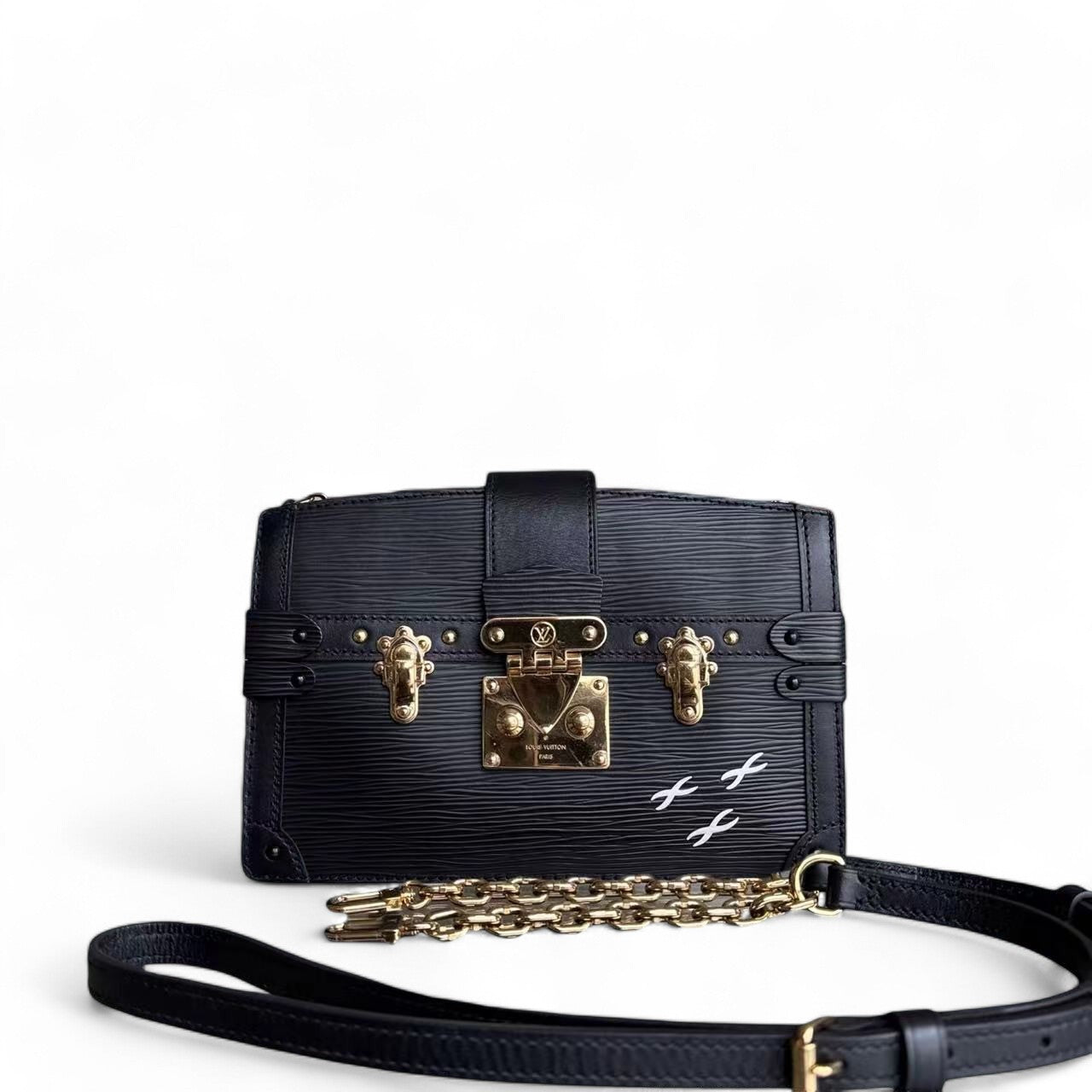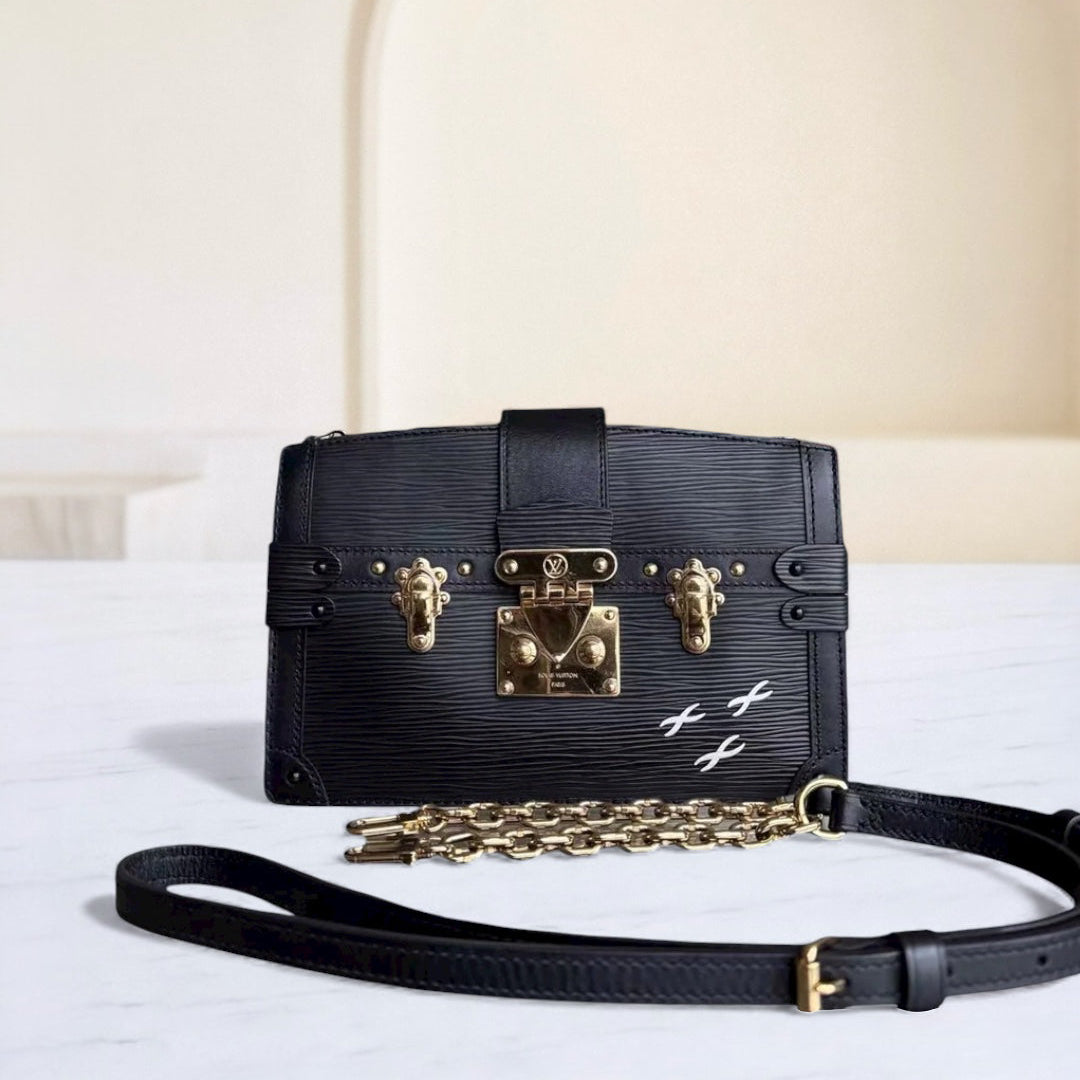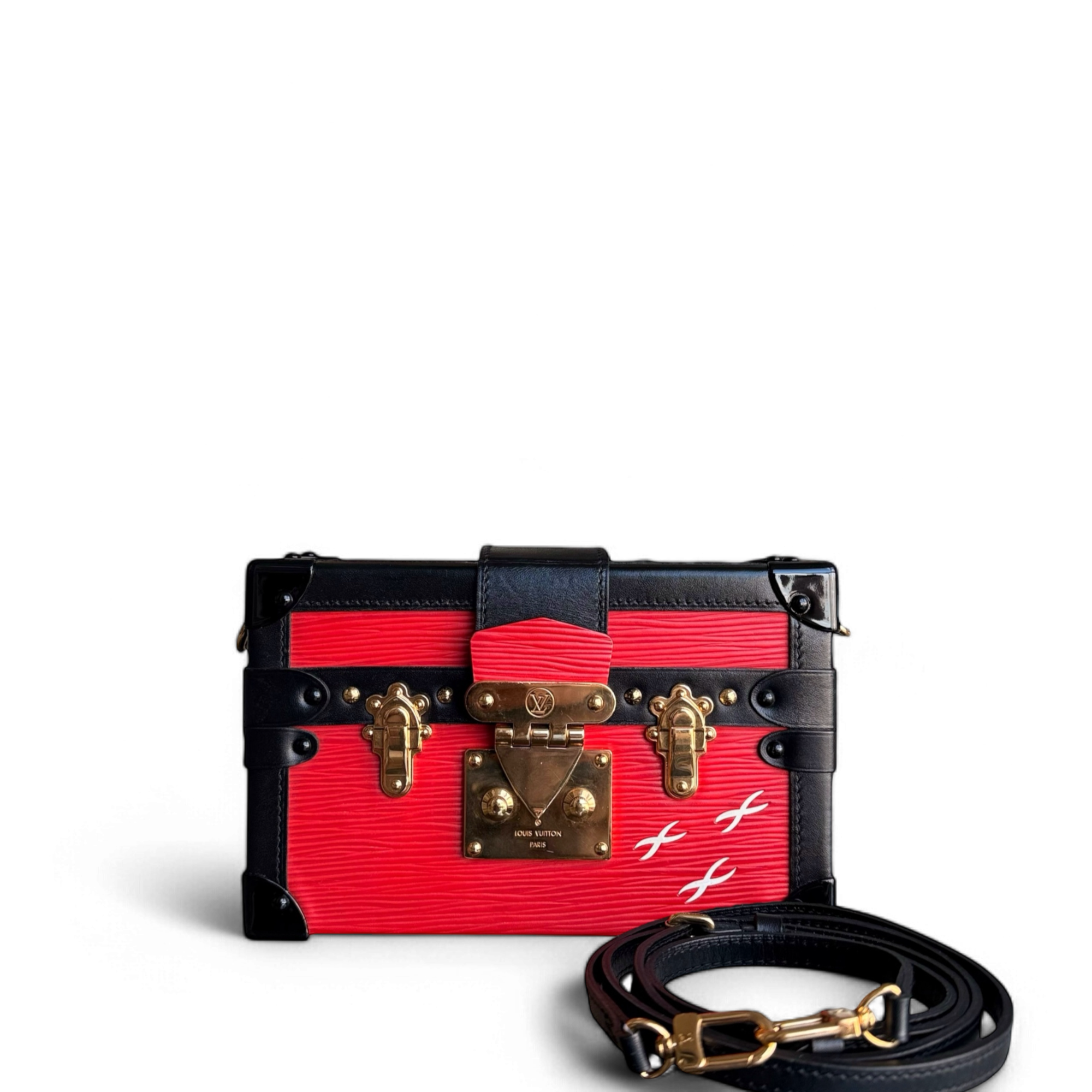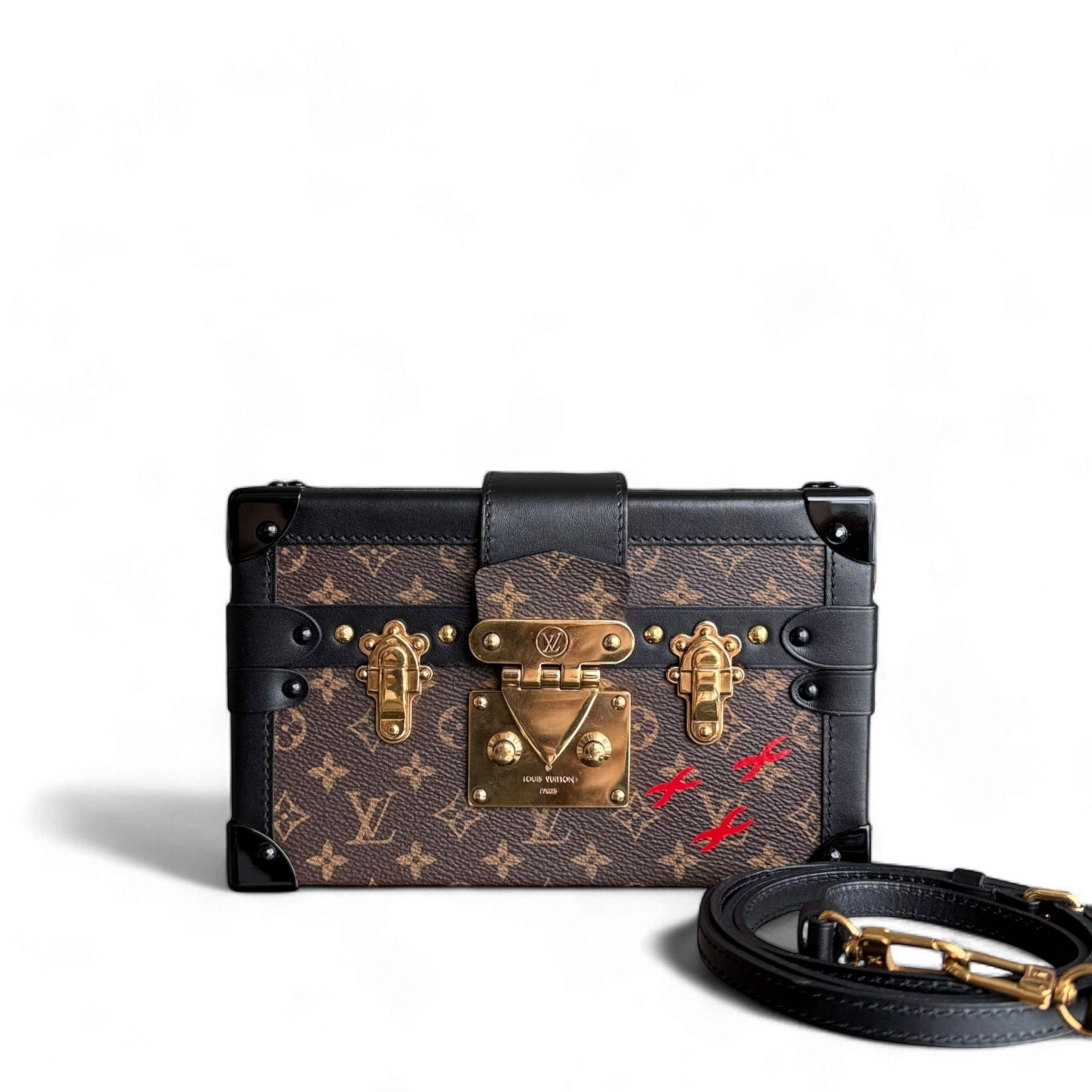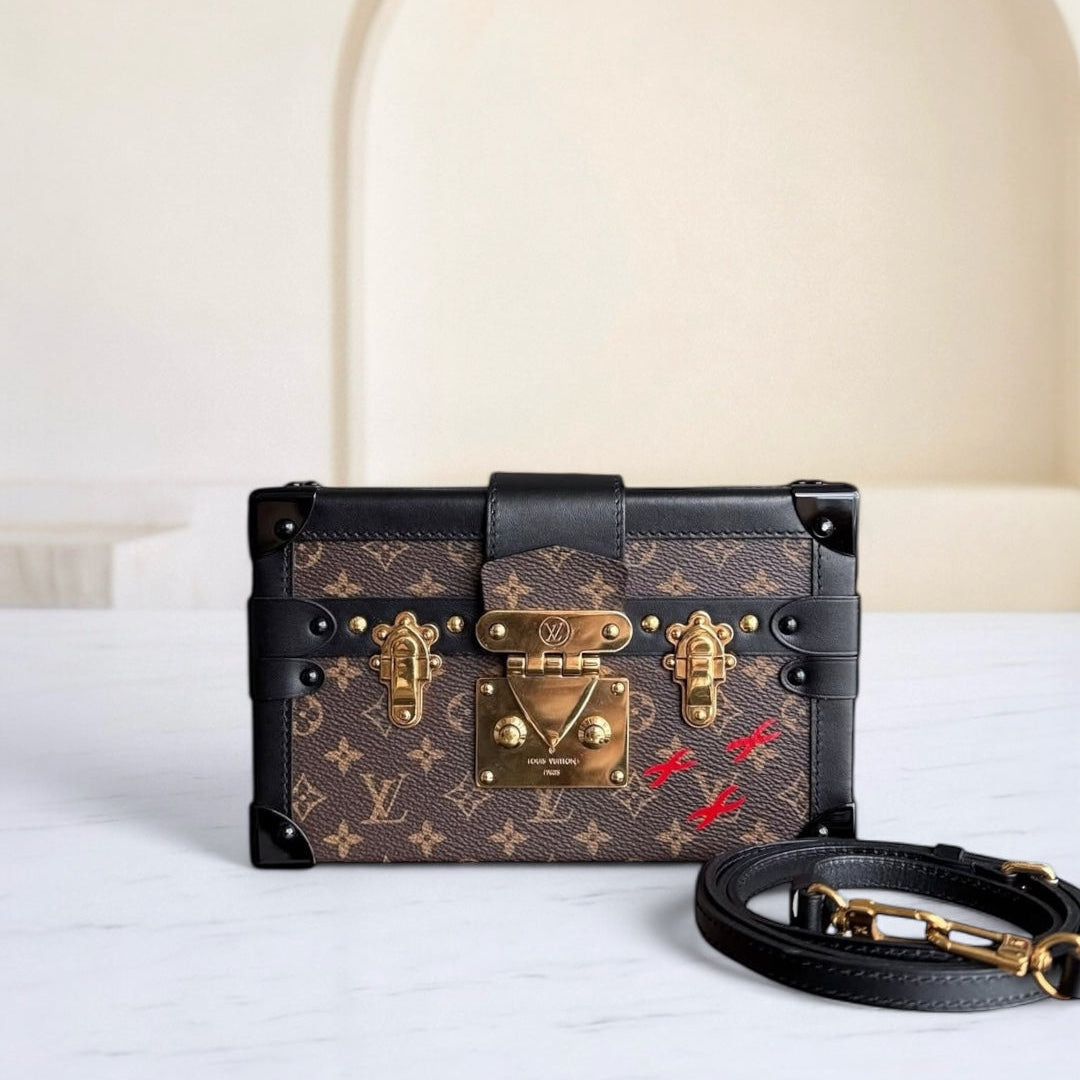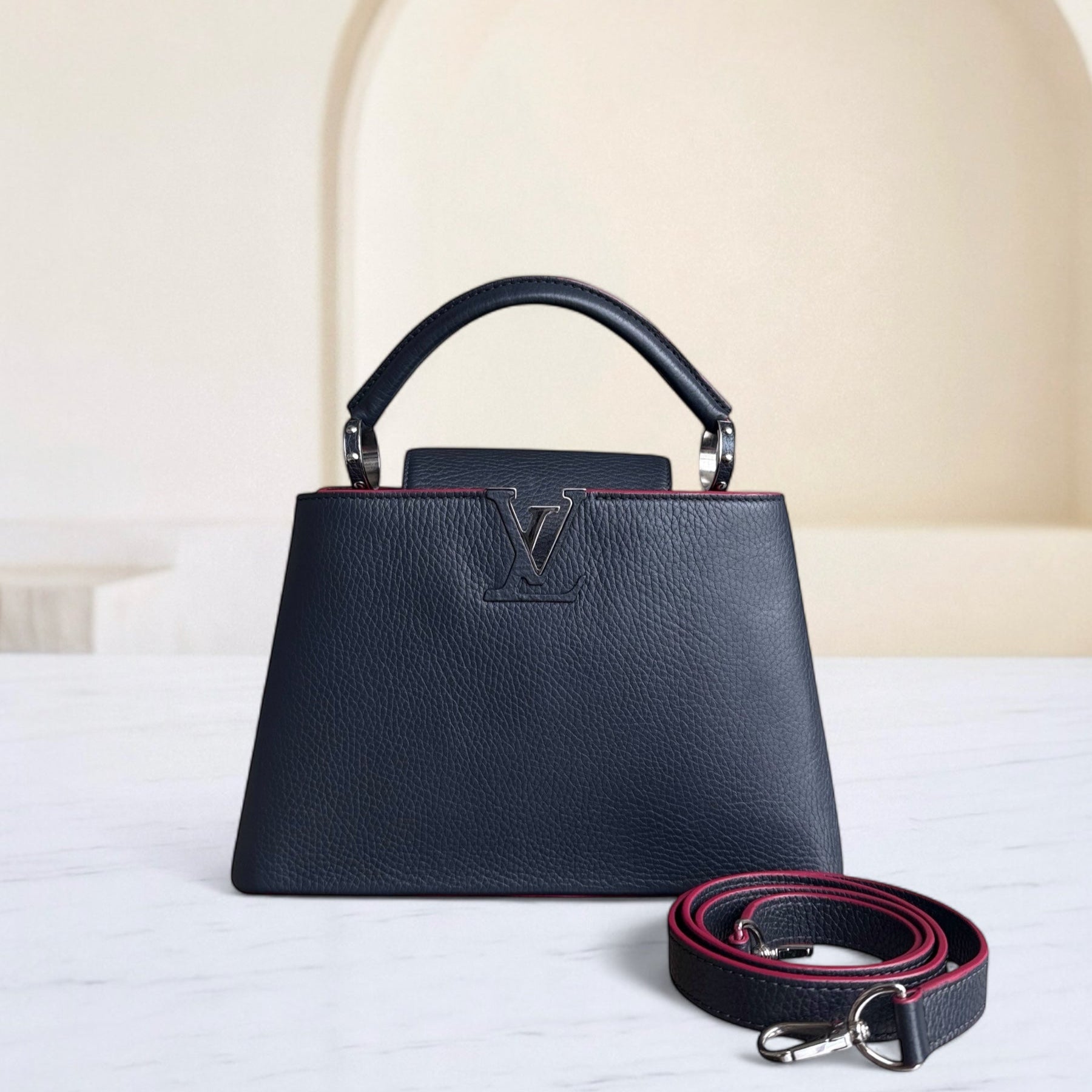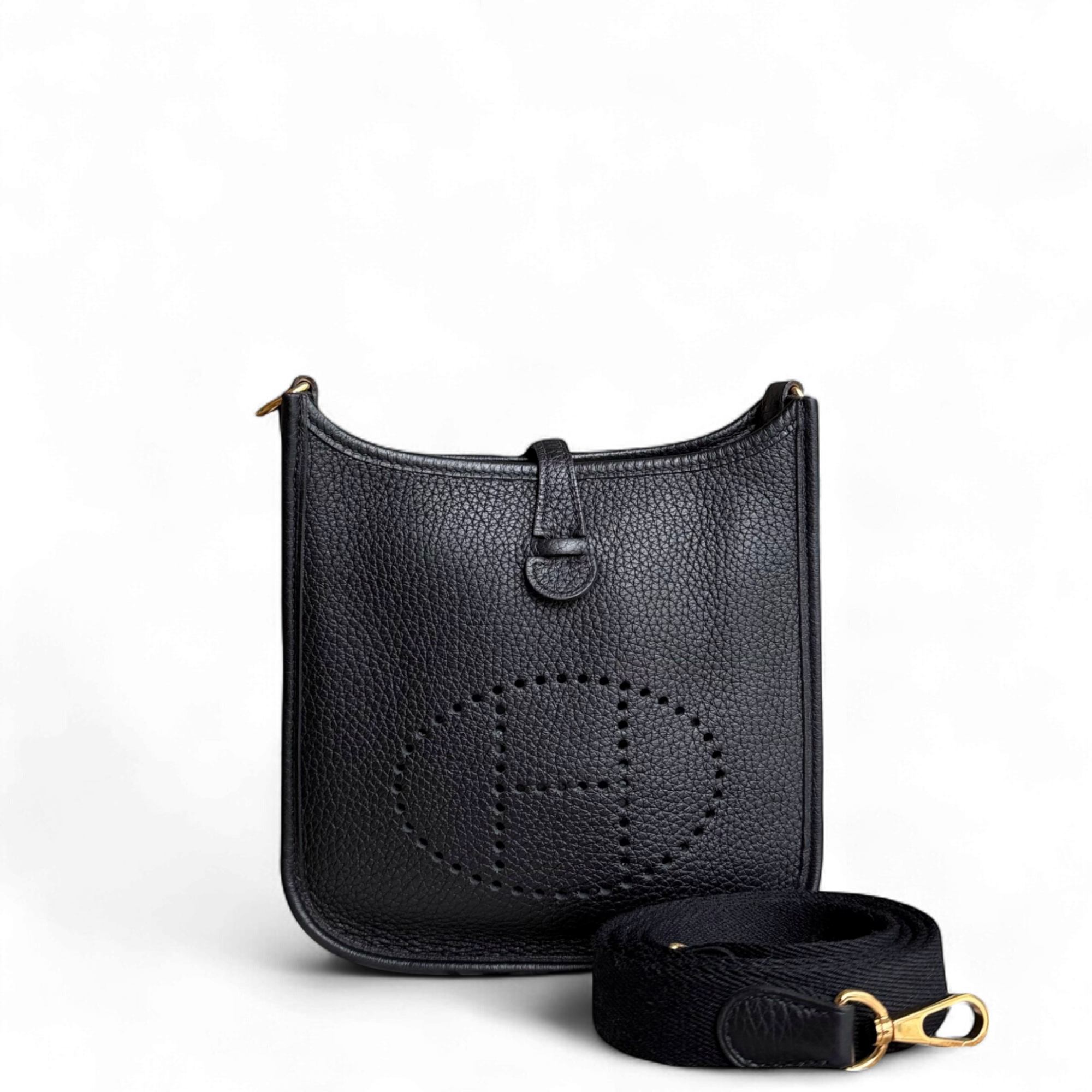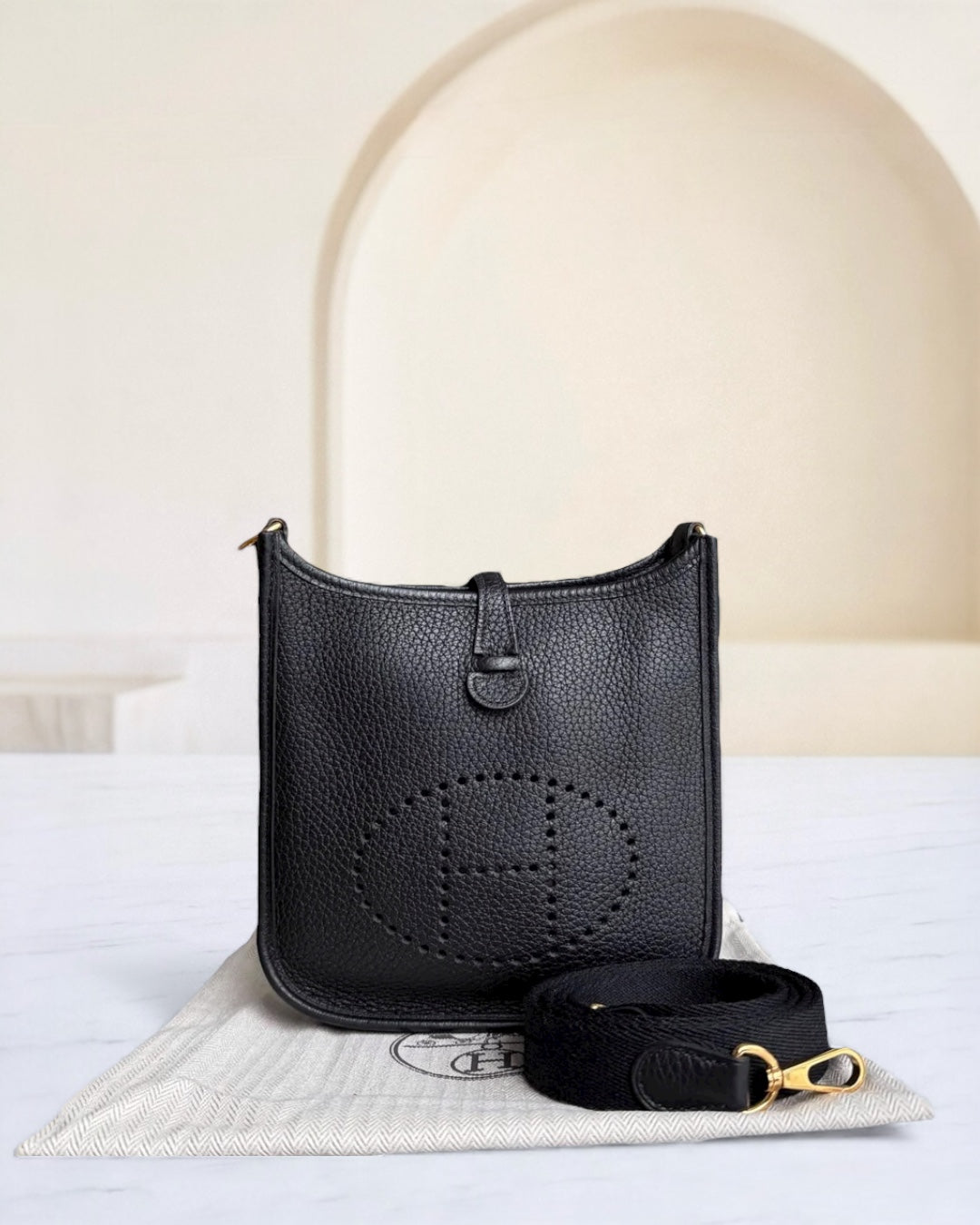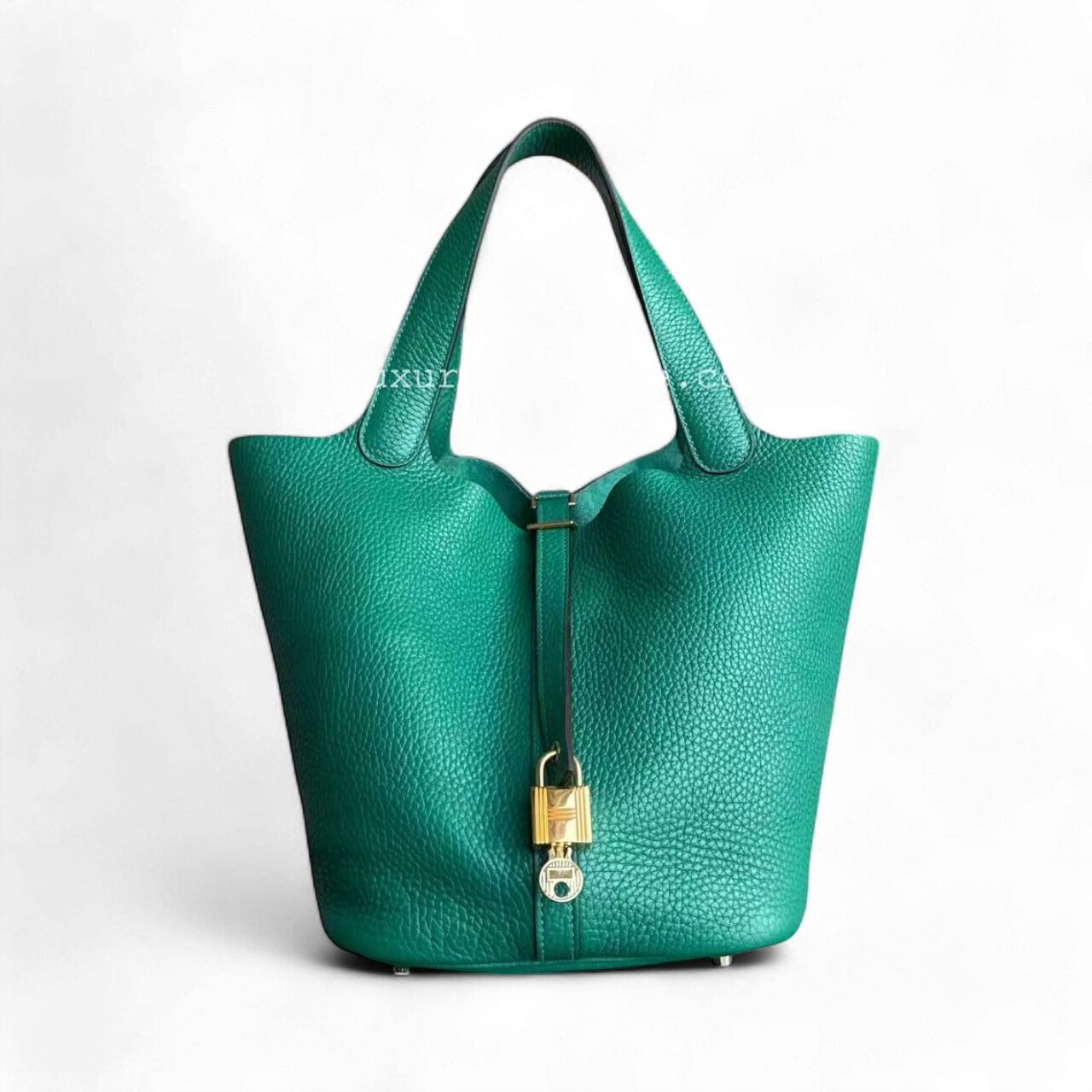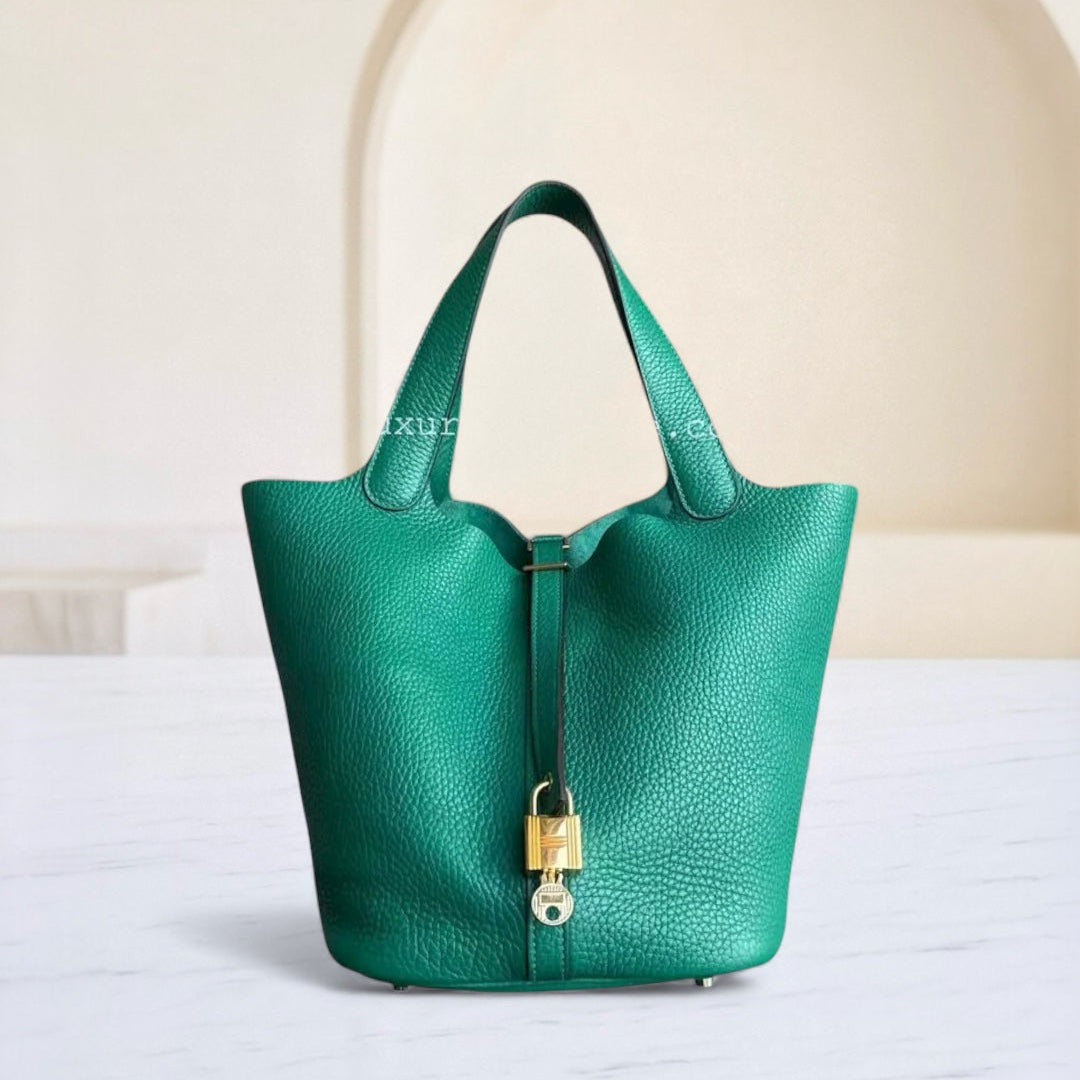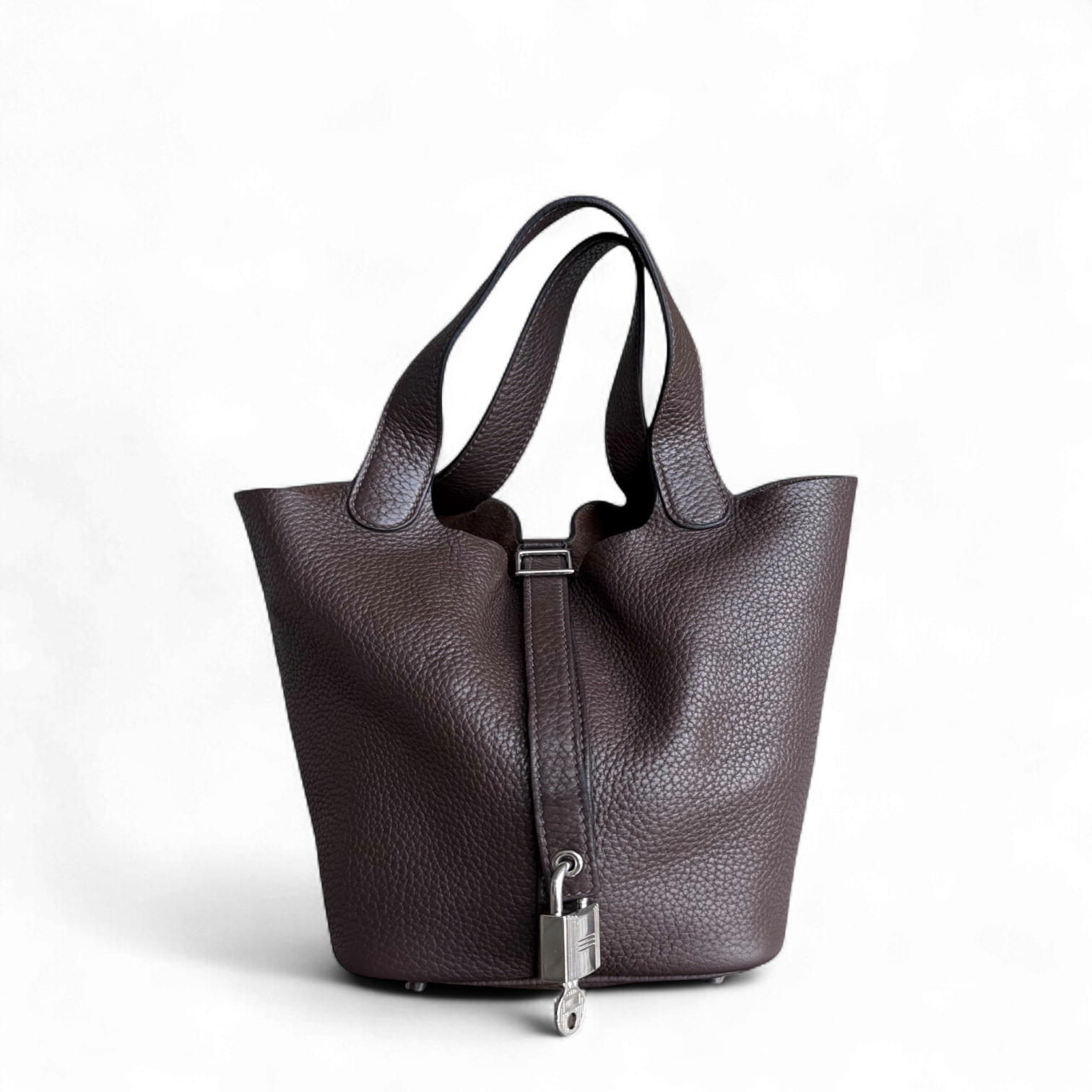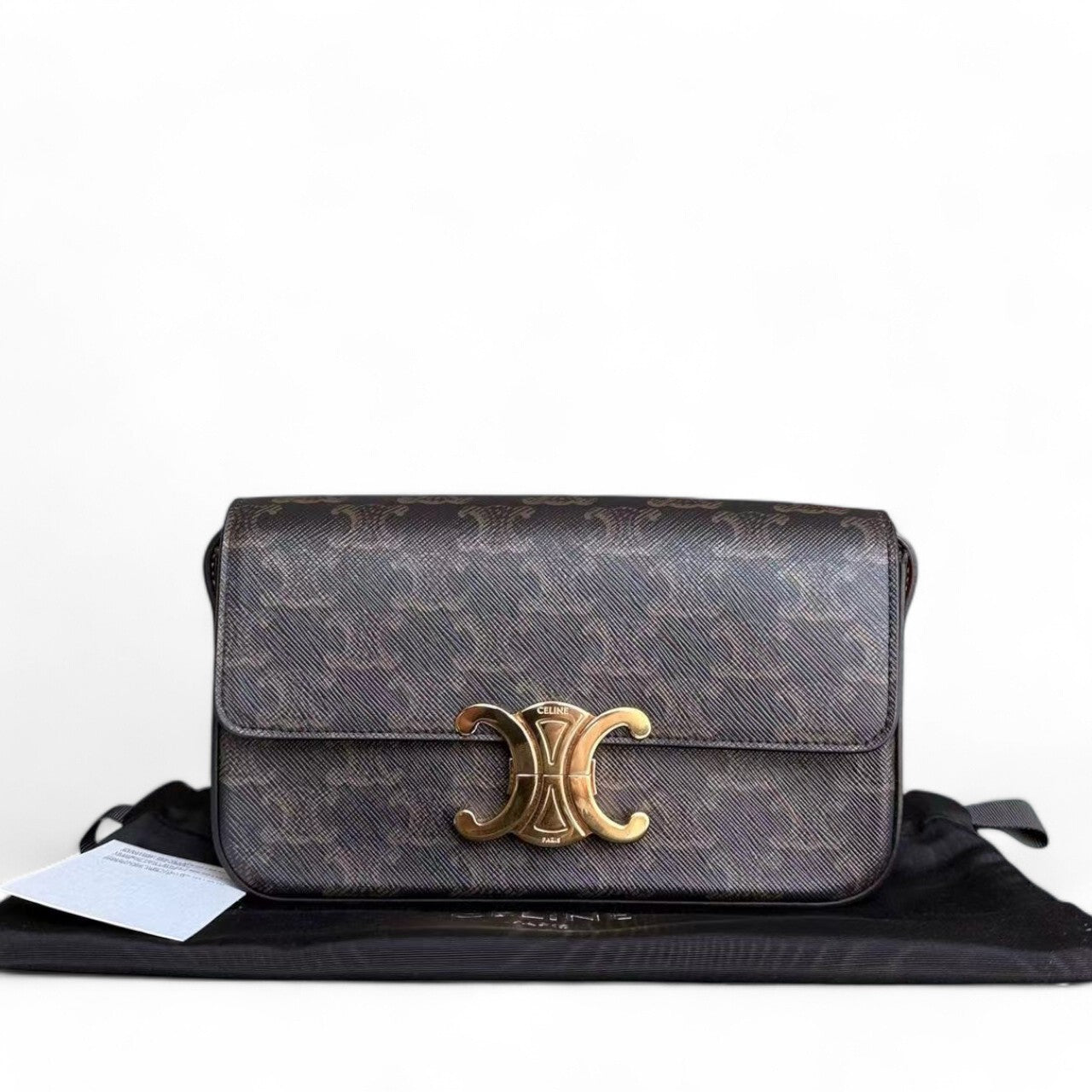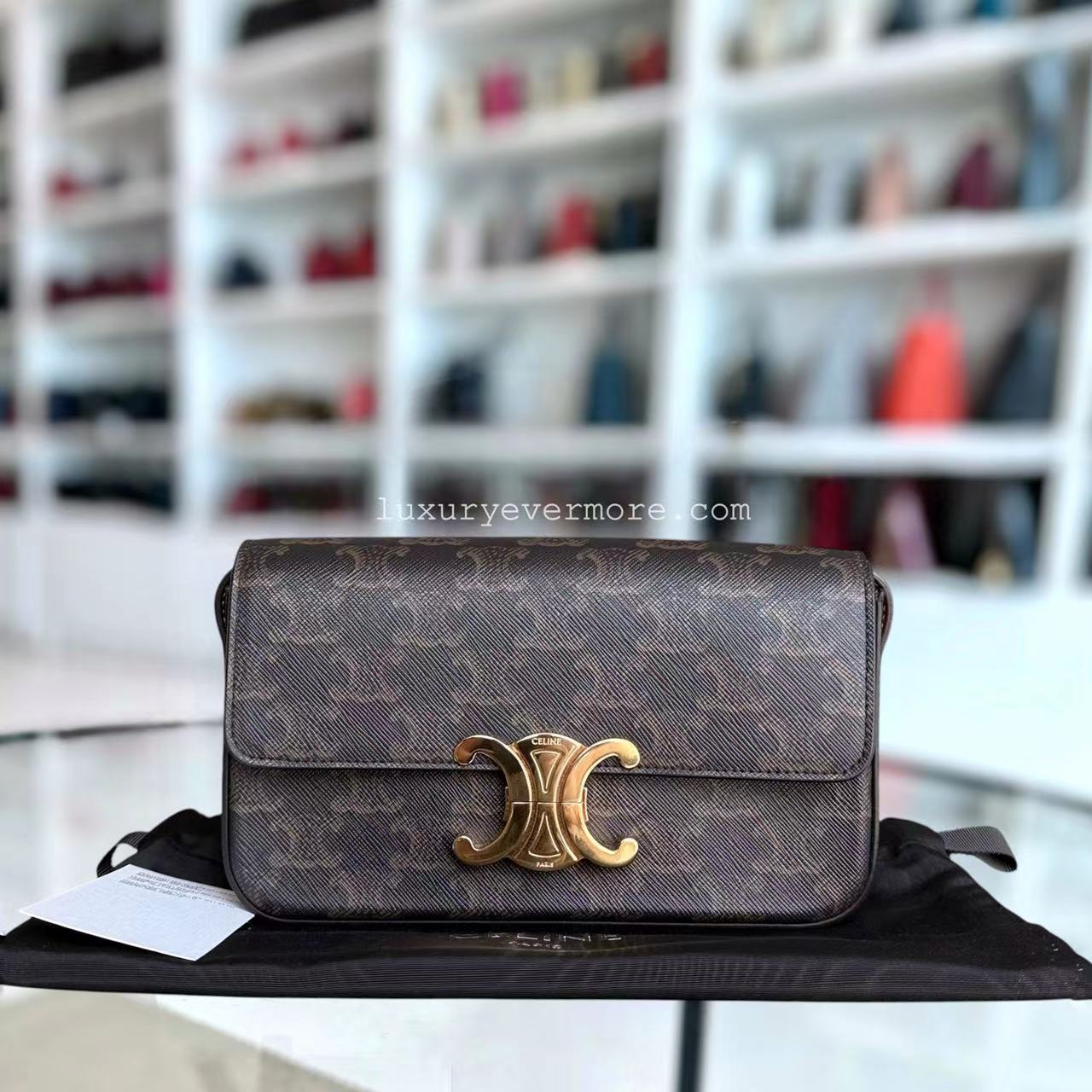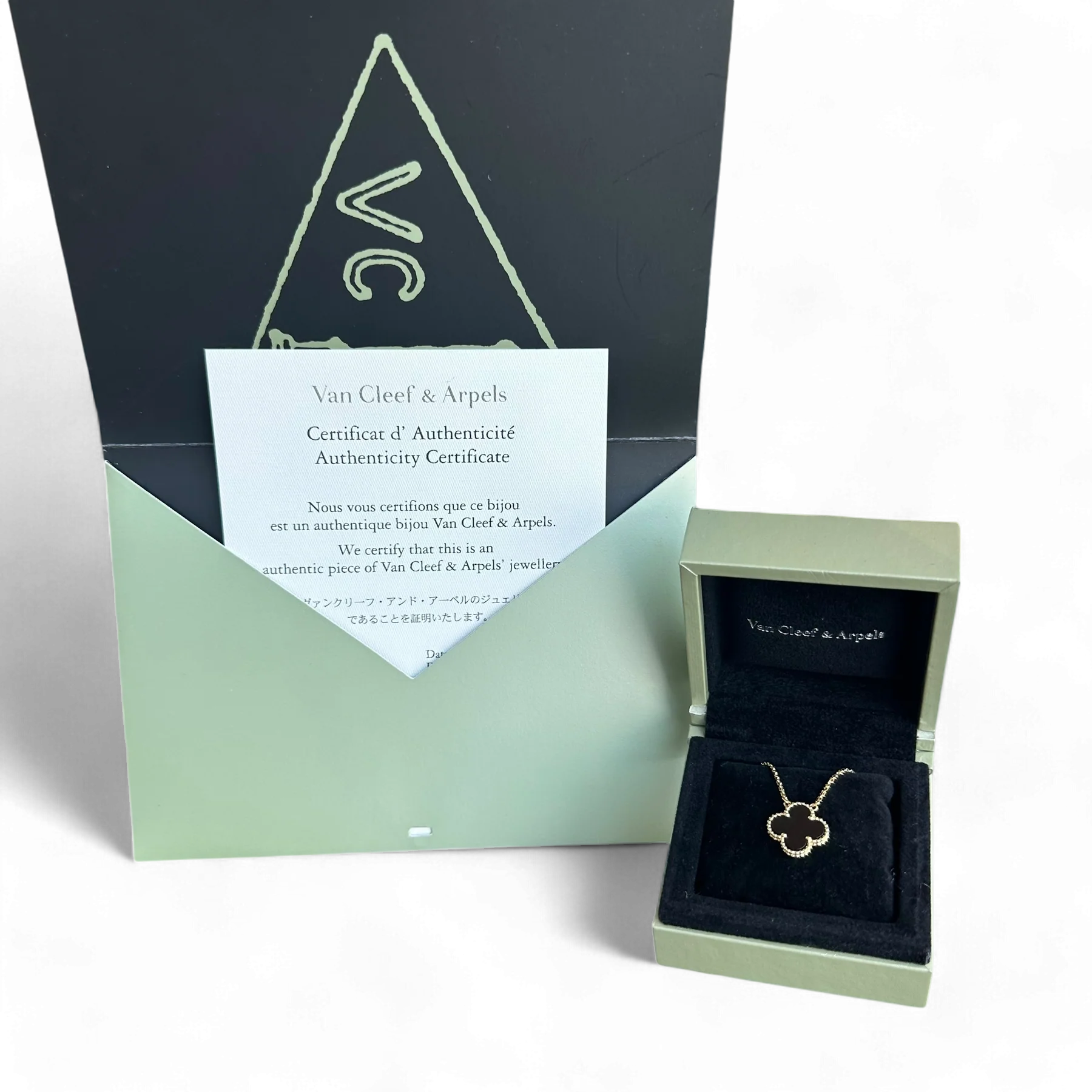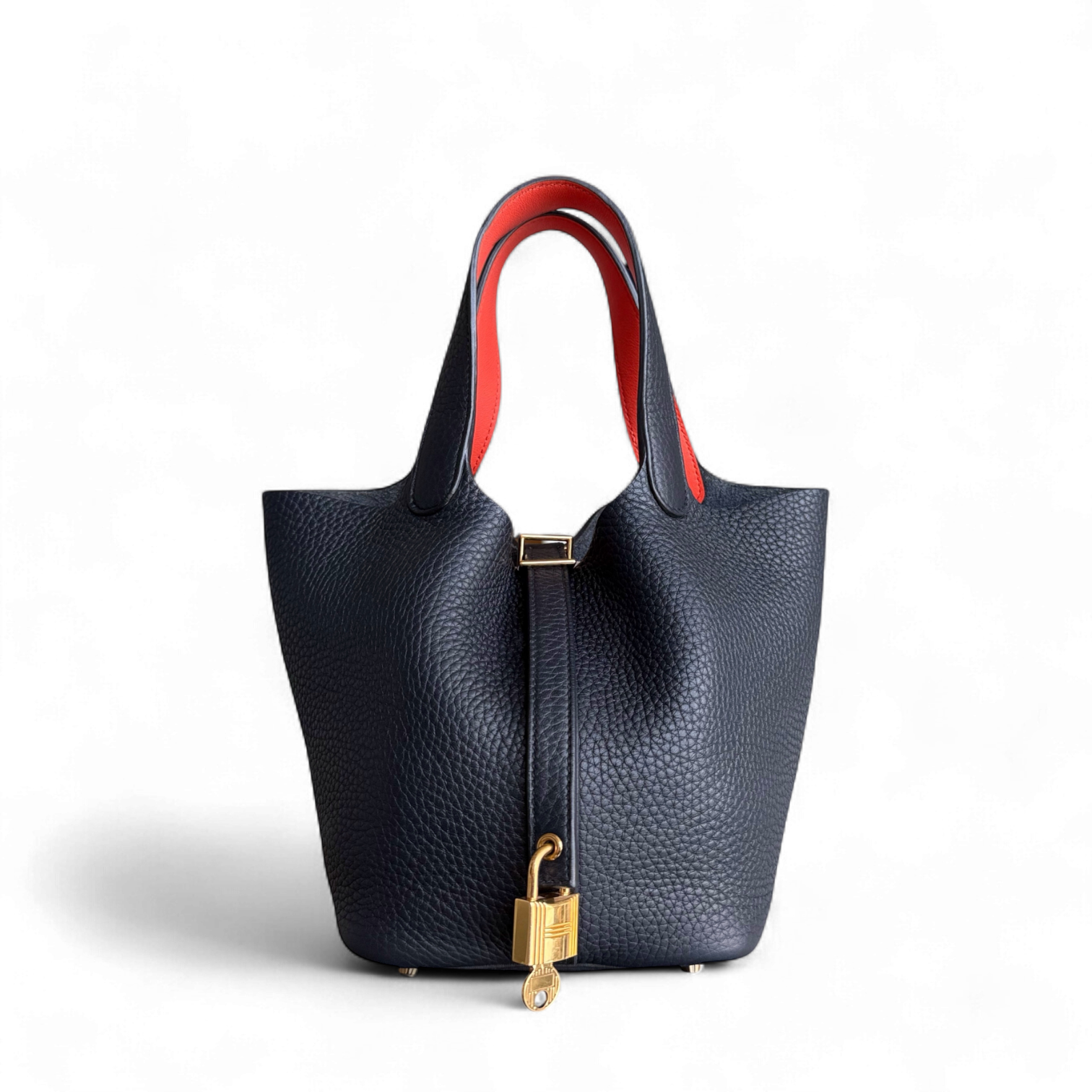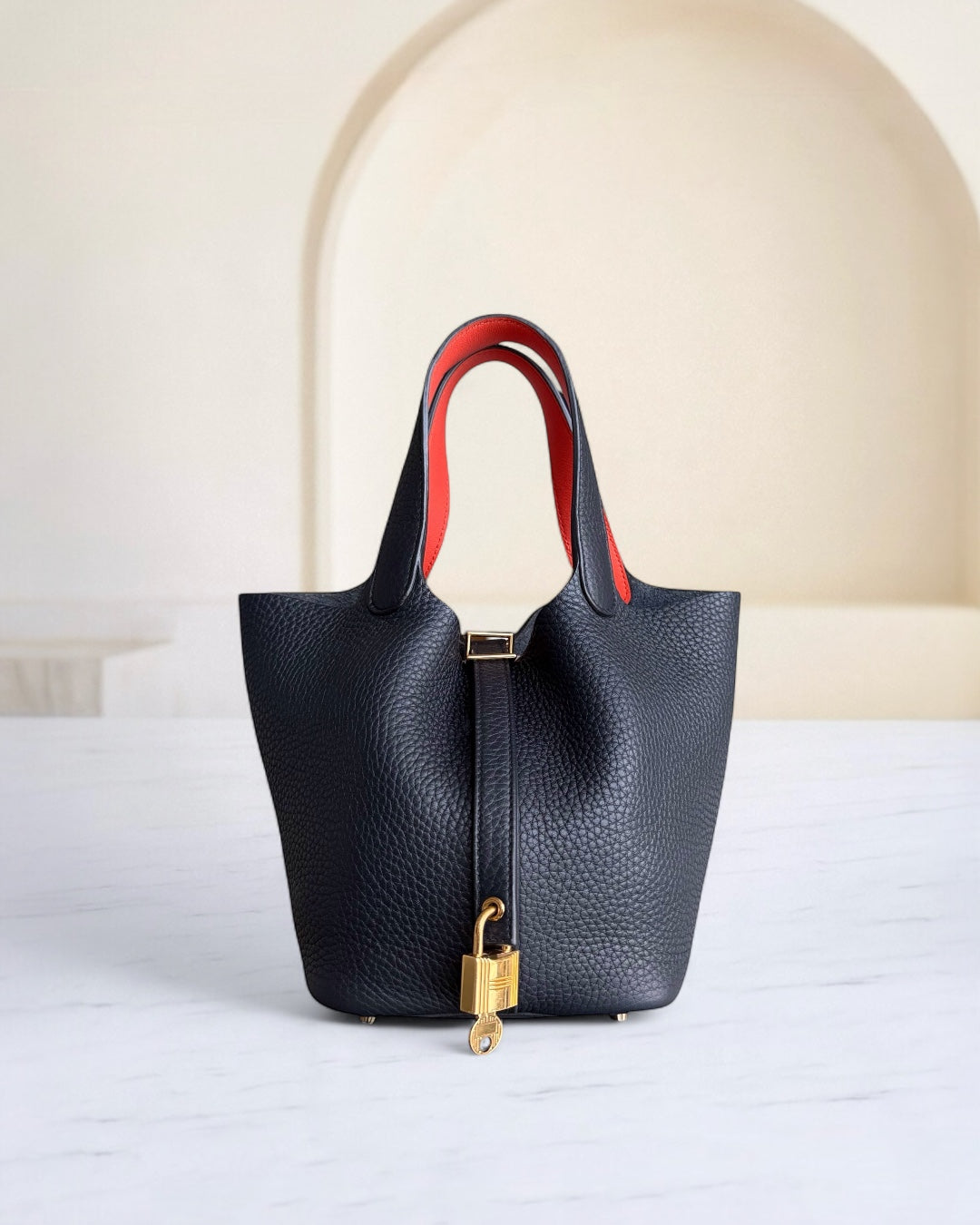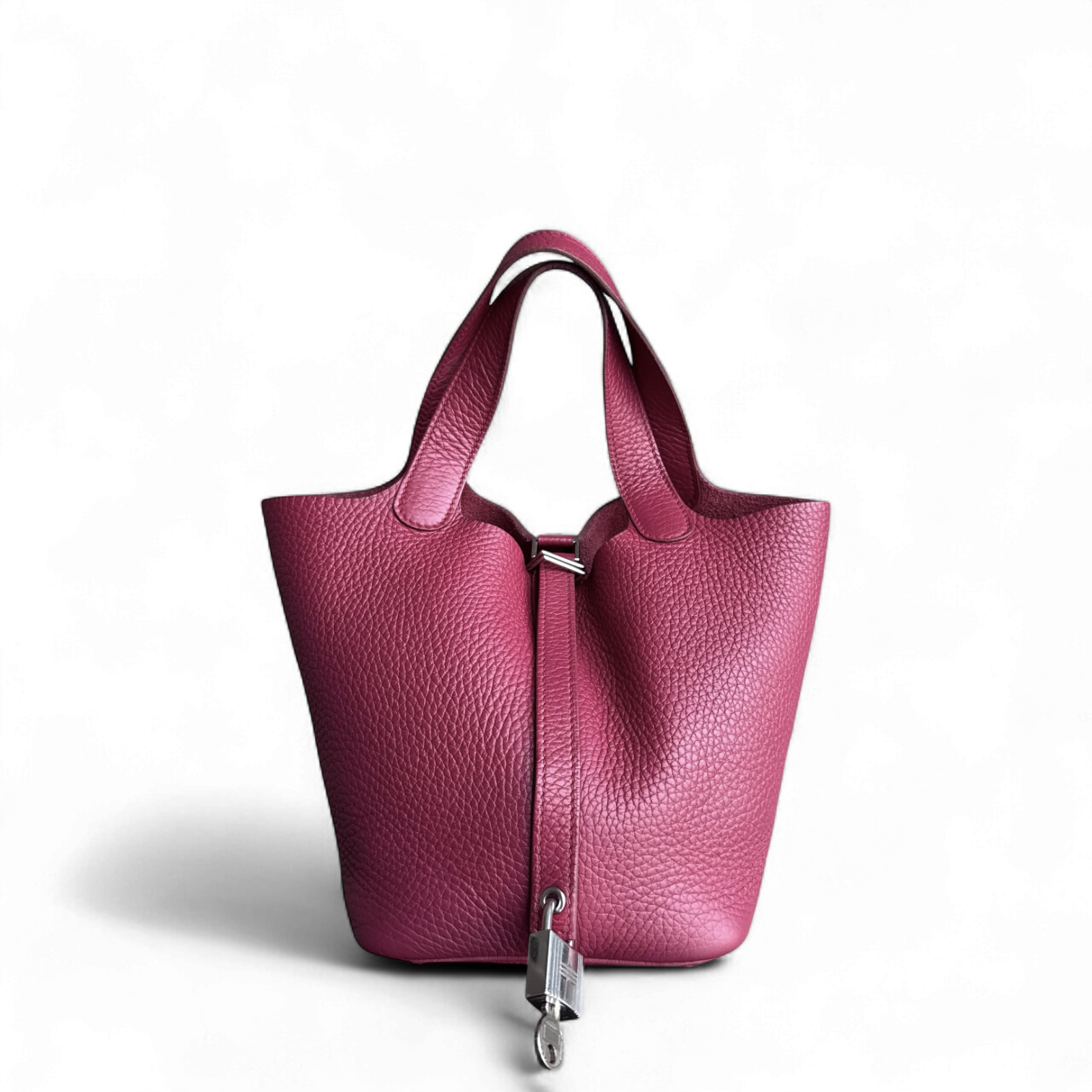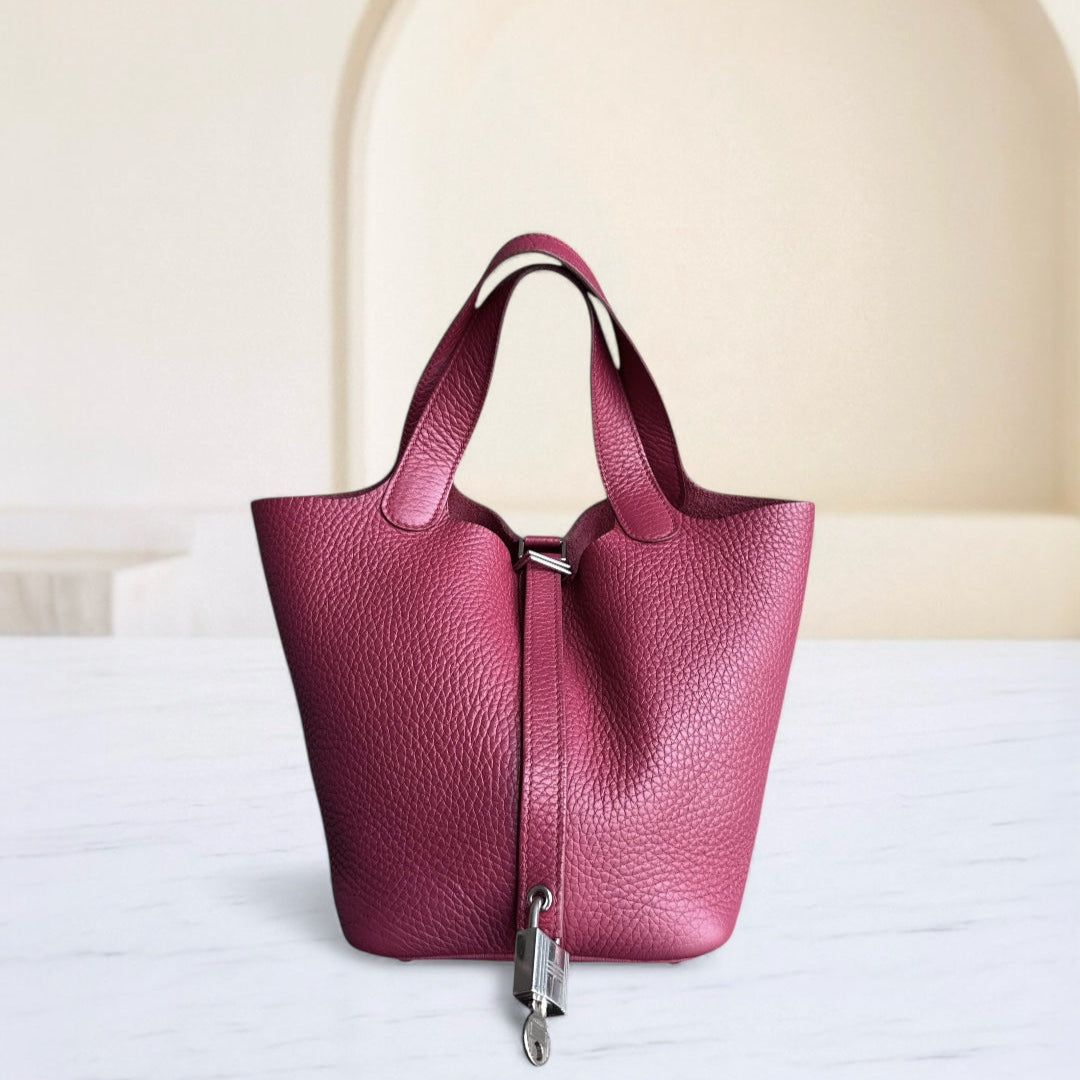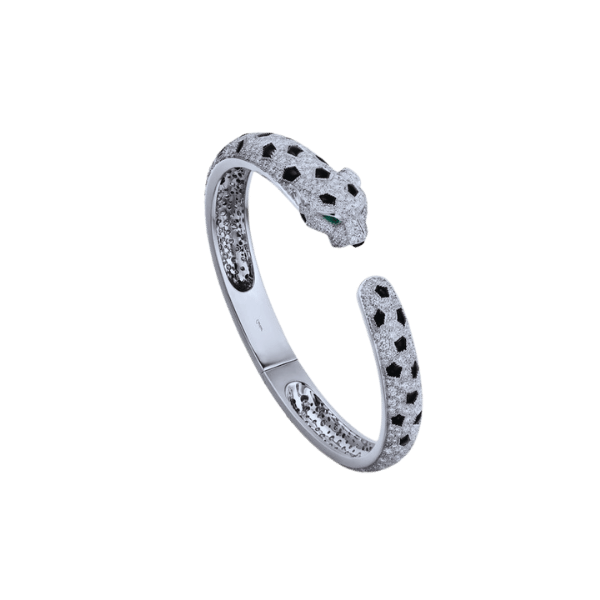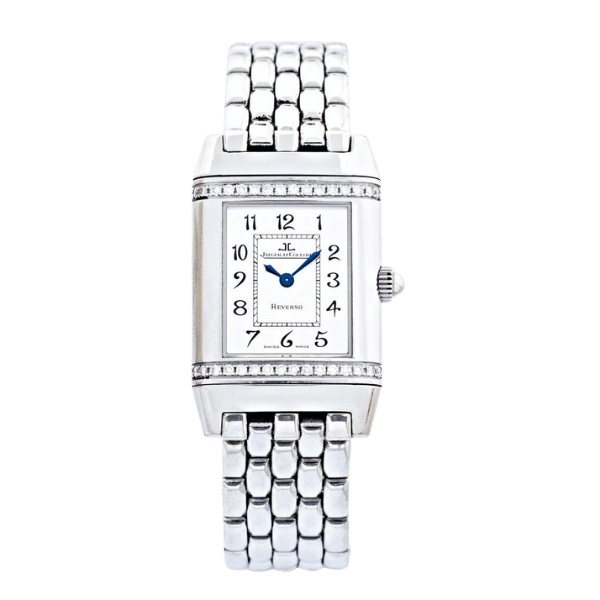History of Rolex: Founded in London in 1905
Rolex stands as one of the defining names at the highest level of watch luxury. Its history is more than just a tale of watches; it is one of innovation, precision engineering, and pure elegance. Founded in 1905 at the heart of London, Rolex has since then revolutionized the watchmaking industry and continues to inspire the world with standards of performance and design. This article delves into the brand's origins, paying special attention to the revolutionary founders of Rolex, who overcame numerous challenges and paved the way for new possibilities in what a watch could be considered. Whether a scholar of horology or someone curious about the crown's legacy, here is a chronicle of how a London-born company came to be regarded as a global symbol of excellence.
The Beginning of Rolex

Rolex was established in 1905 by Hans Wilsdorf and Alfred Davis in London, England. In the initial years, the company was registered under the name Wilsdorf & Davis, and it was essentially involved in the distribution of clocks and watches. With an insight into what wristwatches could mean in an era when pocket watches were predominant, Wilsdorf focused on precision and reliability. A few years later, in 1908, they decided to rename the company "Rolex," a name chosen because it was short, classy, and easy for people speaking many different languages to pronounce. This helped establish the brand's identity as one of the leading Swiss watch manufacturers. This act thus signaled the birth of an ambitious organization that would procure and technically develop innovative and highly accurate wristwatches.
Founding Year: 1905
The company was founded in 1905 by Hans Wilsdorf and Alfred Davis in London, England. It was initially a distributor of timepieces, but soon the focus shifted to developing wristwatches, where precision really meant everything to innovation from the very outset.
Birthplace: London, England
Rolex was established in London, England, where it initially operated as a distributor of timepieces before evolving into a renowned manufacturer of precision wristwatches.
Why London? Historical Context
The turn of the 20th century in London was a period of intense commerce, innovation, and international trade, making it an ideal environment for establishing a watch company like Rolex. London, then at its zenith in the British Empire, gave access to a plethora of international markets and a booming economy. The city's reputation for excellence in crafts and engineering gave the precise trades a competitive edge to develop. To Rolex, which was trying to position itself in the higher echelon of watchmaking, the city's highly efficient infrastructure for the very timely distribution of goods throughout Europe and beyond gave it another strength. All these factors together made it possible for ambitious brands, like Rolex, to pursue innovation.
Key Figures in Rolex’s History

Hans Wilsdorf: The Visionary Founder
Hans Wilsdorf, founder of Rolex, was one of the founders of the watchmaking industry who conceived the idea of making accurate, reliable, and elegantly designed wristwatches. He was born in 1881 in Kulmbach, Germany. He set out on his journey as a watch distributor. Soon after the year 1900, he founded Rolex. Wilsdorf popularized wristwatches; previously, pocket watches had been the more practical choice. His spirit of innovation led to milestones such as the manufacture of the first waterproof wristwatch in 1926, proudly named the Rolex Oyster, and the commercial development of self-winding mechanisms. Wilsdorf ultimately emphasized attributes of quality, durability, and precision, which have become the hallmarks of Rolex's prominence in the field of luxury watchmaking.
Alfred Davis: The Co-Founder
Alfred Davis, together with Hans Wilsdorf, was one of the two great founders of Rolex in 1905. A skilled businessman, Davis initially brought financial resources and business expertise to establish Wilsdorf & Davis, the company that would become Rolex SA. While Wilsdorf innovated and oversaw technical matters, Davis supported the business's growth by forging strong supplier and client relationships to ensure the smooth procurement of quality materials. In that regard, Davis' contributions laid the foundation for the worldwide recognition of Rolex as a precise and luxurious brand. More behind-the-scenes information is provided compared to Wilsdorf and other subjects discussed in this book; nonetheless, Davis is nevertheless very much a part of the rise of Rolex as the pinnacle of watchmaking excellence.
Partnership Dynamics in Establishing Rolex
The partnership between Hans Wilsdorf and Alfred Davis laid the perfect foundation for Rolex's success, enabling the pursuit of creating high-quality Swiss watches. Wilsdorf was the man with big ideas and a desire to innovate in the field of precision timekeeping. At the same time, Davis had the know-how to procure quality materials and maintain intact supply lines. Their complementary skills and interests helped the fledgling company produce fine wristwatches for an expanding mass market, and thus the name Rolex became synonymous with luxury.
Rolex's foremost achievement involved its early focus on reliability and precision, which earned it the honor of being the first wristwatch to receive an official certification for chronometric precision standards in 1910, from the Official Watch Rating Center of Bienne, Switzerland. Such an accomplishment was made possible by the meticulous attention paid to the smallest details, combined with unyielding high standards, by Wilsdorf and Davis. Alongside that, registering the 'Rolex' trademark back in 1908 gave the brand global acceptance, and this would become a focal point in the marketing efforts of Wilsdorf and Davis.
This partnership enabled Wilsdorf and Davis to combine their respective skills, thereby forging a brand that stood out even in that highly competitive time. They formed a powerful partnership, grounded on a shared vision for excellence and on venalistic zeal to innovate within the changing demands of the watchmaking industry.
Significant Milestones in Rolex’s Development

Transition to the Rolex Brand Name
This transition to the Rolex brand name was indeed a turning point in the company's history. Officially recorded in 1908, "Rolex" was selected because it is easy to pronounce in different languages and the name sits elegantly on watch dials. Wilsdorf sought a name that would sound luxurious and dignified, yet be recognized worldwide. By registering the brand in La Chaux-de-Fonds, Switzerland, Rolex also established a strong association with the world's finest watchmaking tradition.
This strategic rebranding initiated a wave of innovations and accomplishments that further elevated Rolex's reputation. At a certain time in 1910, Rolex created the world's first wristwatch to receive the Swiss Certificate of Chronometric Precision from the Official Watch Rating Centre in Bienne. Soon after, in 1914, a Rolex wristwatch was awarded the Class A precision certificate from Kew Observatory in England, a distinction previously reserved for marine chronometers. These milestones established Rolex on the premise of precision and quality, carving out a niche for itself in a highly dynamic industry.
By relocating to Switzerland and adopting the Rolex name, it established itself as the world leader in horology, combining artistic refinement with technical excellence.
Move to Switzerland: Significance and Impact
Founded in 1919, the relocation of Rolex's operations from London to Switzerland was the seminal event that cemented the company's position as a global leader in the production of fine timepieces. Switzerland already held an established prestige in the horological field, with access to highly skilled craftsmen and watchmakers, modern tools, and an ingrained culture of precision in watchmaking.
From this aspect, Rolex not only benefited from the valuable reputation that Switzerland already had, but also from the technological advancements on offer. Swiss standards of watchmaking certainly contributed immensely towards standards in organization and improvement processes for Rolex, including the production of the first-ever waterproof wristwatch, the Rolex Oyster, in 1926.
The role of statistics sheds light on the wider significance of the move in the context of the Swiss watch industry. By the mid-20th century, Switzerland produced roughly 50% of all watches exported worldwide, underscoring the unparalleled concentration of talent and expertise within the country. This competitive atmosphere even prompted Rolex to push the envelope of design and technology, outperform its competitors, and preserve its reputation for the highest quality. Today, the relocation of Rolex and the innovations that followed continue to have a lasting influence, with the brand remaining a major player in the $ 20 billion-plus Swiss watch industry.
Innovations: The Rolex Oyster and Perpetual Movement
The Rolex Oyster was the first truly waterproof wristwatch, changing the watch industry forever in 1926. The case was sealed hermetically, and the watch was designed to protect the movement from dust, moisture, and pressure, ensuring reliability under harsh conditions. Its reliability was tested in 1927 when Mercedes Gleitze wore the watch during her 10-hour crossing of the English Channel; the watch came out fully functional, landing it straightaway into the annals of watchmaking history as a truly groundbreaking piece.
Simultaneously with this achievement, Rolex introduced the Perpetual Movement in 1931, the first self-winding mechanism with a perpetual rotor. Acting on the kinetic energy of the wearer's own motions, the development eliminated the need for manual winding, thereby ensuring ease of use with greater precision. The technology behind the Perpetual Movement went on to become a hallmark of automatic watches, remaining in all modern Rolex watch designs today. These two inventions serve as an example of how Rolex has successfully combined mechanical ingenuity with functional durability, thereby earning its place among the very few leaders in the domain of luxury timepieces.
Impact on the Watchmaking Industry

Setting Standards in the Watch Industry
Rolex has consistently set the standard for excellence in quality, precision, and robustness in the art of watchmaking. It could be considered the pioneer of chronometer certification, which guarantees an unparalleled degree of timekeeping precision. In their pursuit of perfection, Rolex watches qualify for the standards of chronometry set by the Official Swiss Chronometer Testing Institute (COSC). Recognizing that only around 6% of Swiss watches receive COSC certification, Rolex's commitment to accuracy surpasses the high standards set for other luxury timepieces.
The introduction of the oyster case design by Rolex in 1926 set the water-resistance standard, laying an essential element of tool watches. This accomplishment further paved the way for the Rolex Submariner, a watch capable of withstanding depths of 300 meters, demonstrating the brand's commitment to robust functionality.
The role of Rolex's Everose steel alloy, which combines steel and gold, was developed by the company. Such products reflect the brand's vision to ensure that technical development aligns with aesthetic value. Later on, by using 904L stainless steel that was known among his peers for its higher corrosion resistance than all other steel grades, Rolex earned respect as an industry leader.
Keeping abreast of advancements in manufacturing techniques and embracing the best technological innovations, Rolex has continually set the standard for the industry and inspired others to strive for even higher standards. This innovative trajectory ensures that Rolex remains at the forefront of an intensely lucrative market and advances the entire watchmaking industry.
Cultural Influence of the Rolex Brand
The Rolex has transcended its origins as a basic watchmaker's brand to become a global symbol of status and success, thanks to its prominent presence in popular culture through films, literature, and media that prominently feature Rolex watches at the center stage. For example, Rolex watches have been prominently featured in movies from the James Bond franchise, thereby creating a strong association between the brand and luxury, precision, and cool sophistication.
Through its sponsorships of and support for prestigious events such as Wimbledon, the Rolex 24 at Daytona, and the Monte Carlo Masters, Rolex has been firmly linked with standards in both sports and the arts. Additionally, charitable activities such as the Rolex Awards for Enterprise remind us that Rolex is associated with innovation and social progress.
It is generally believed that the high-end watch market is dominated by Rolex from a consumer perspective. In 2022, the brand accounted for around 29% of Swiss watch industry sales by value and has been ranked among the most desirable watch brands, with the Rolex Submariner enjoying particular favour. The timeless appeal of Rolex can be largely attributed to its ability to merge classical design with modern technology. This makes an icon for many generations. These acts, both cultural and market-oriented, have effectively created an image of Rolex not only as the frontrunner in horology but also as a symbol that modern men identify with as a mark of their achievement.
Rolex's Status as a Symbol of Success
Continuous resilience contributed to the luxury watch market's monopolization, earning the Rolex name a synonym for success. Renowned worldwide for its exceptional craftsmanship, Rolex has consistently been recognized as one of the most valuable luxury brands globally. Its consistent growth can be seen through its vast market share: nowadays, estimates stand at above 25% of the total production value of Swiss watches, attributing this to Rolex. Further, the top models, including Submariner, Daytona, and Datejust, maintain high value in the secondary markets and sometimes appreciate, thus further supporting their desirability.
Rolex also secured and grew its image through endorsements and partners aligned with prestige and high achievement. The company has long sponsored elite sporting events, such as Wimbledon, The Masters, and Formula 1 racing, with the idea that all would be linked to excellence. On the philanthropic side, Rolex has established its reputation with initiatives such as the Rolex Awards for Enterprise, which have solidified the idea that Rolex is not just another luxury watchmaker but one that cares about the broader picture. This marriage of performance, heritage, and social impact continues to make Rolex synonymous with success in both individual and collective endeavors, particularly in the realm of luxury Swiss watches.
Rolex’s Origins and Brand Identity Today

Legacy of London in Rolex’s Identity
Rolex has its origins in London since the company was founded there in 1905 by Hans Wilsdorf and Alfred Davis. Operating under the name "Wilsdorf & Davis," the company initially specialized in distributing timepieces before transitioning to creating its own precision watches. As one of the centers for commerce and industrial innovation during the early 20th century, London likely had a significant influence on the inception of Rolex, with the idea of manufacturing fine, dependable wristwatches.
In view of the stringent working conditions in London, the company was led to be very precise and durable. In fact, Rolex was the first company to obtain the renowned Swiss Certificate of Chronometric Precision in 1910, clearly demonstrating the influence that London, through its standards of excellence, had on Rolex during its early years. Even though Rolex relocated its headquarters to Geneva, Switzerland, in 1919, its London legacy remains an integral part of its brand identity. This, in turn, meant that the city, having influenced the early development of the company, set the tone for its shifting directions, embracing the ideals of precision, innovation, and luxury.
Swiss Excellence in Craftsmanship
Switzerland has steadily maintained its dominance as the world's capital of fine watchmaking with a heritage that lies somewhere between dazzling workmanship and leading-edge technology. The country hosts over 400 watch companies, which produce approximately 20 million watches annually. The value of Swiss watches surpasses the 50% mark of the global luxury watch market, asserting their worth and demand like no other.
This reputation is due to uncompromising quality standards, epitomized by write-ups in magazines or certifications like COSC (Contrôle Officiel Suisse des Chronomètres), which fewer than 6% of Swiss-made watches ever qualify for. Significant evolutions in horology are brought about by Swiss watchmakers, including advancements in escapement inventions, the development of sapphire crystals, and the manufacture of anti-magnetic materials. Yet, apart from molecular precision, factors that contribute to the aesthetic value of Swiss watches also include magnificent engravings, rarity, and superb hand-finishing—the kind that allows each timepiece to tell the story of both a working instrument and a timeless sculpture.
Enduring Values: Precision and Innovation
Swiss watchmaking continues to flourish at the juncture of tradition and modern technology. Industry reports indicate that Swiss watch exports increased by over CHF 22 billion in 2022, a sign that the world still values Swiss products for their precision engineering. The name is held in high regard by integrating state-of-the-art technologies, such as silicon components that offer excellent resistivity to temperature changes and wear.
Further improvements in water resistance abilities, combined with unique alloys, guarantee durability even in extreme conditions. Modern technologies, such as micro-electromechanical systems (MEMS), allow escapement designs to reach new heights, placing accuracy and reliability at their pinnacle. Conjoined with exquisite craftsmanship, innovations thus showcase Swiss watches as embodiments of both technical expertise and luxurious artistry with a timeless appeal that can respond to market changes happening at lightning speed.
Frequently Asked Questions (FAQs)
Q: Where was Rolex founded?
A: Rolex was started in 1905 in London by Hans Wilsdorf and his brother-in-law Alfred Davis.
Q: What is the history behind the Rolex brand?
A: A rich and fascinating history surrounds Rolex, beginning from 1905. Hans Wilsdorf sought to establish a luxury watch brand that emphasized precision and quality, which ultimately led to the creation of the Rolex Oyster, the world's first waterproof watch.
Q: Who was Hans Wilsdorf in the Rolex story?
A: The founder of Rolex, Hans Wilsdorf, was a cornerstone to the development of the luxury watch industry. His vision for a reliable yet elegant timepiece laid the groundwork for what would later become the Rolex watch company.
Q: What are some of the notable Rolex awards?
A: The Rolex Awards honor persons and organizations that have a significant impact in a variety of fields as a reflection of the company's utmost commitment toward excellence and innovation in the domain of watchmaking.
Q: How did Rolex shift the company from London?
A: In 1919, Hans Wilsdorf moved the company to Geneva, Switzerland, concentrating on taking advantage of the area's reputation for quality watchmaking and to have the brand considered as being part of Swiss precision.
Q: What is the significance of pre-owned Rolex watches?
A: Being some of the most highly sought-after watches on the pre-owned market, Rolex watches often retain their value and may be the more affordable way of owning a luxury timepiece.
Q: How did the Rolex Oyster become the first waterproof watch?
A: In his time, the Rolex Oyster was revolutionary because it featured a hermetic seal protecting the developers from water and dust, securing a place for Rolex as an innovative manufacturer.
Q: What movements are used in Rolex watches?
A: Symbolic of sheer accuracy and reliability, the movements of Rolex watches are in-house variations that are tested for their design and made with the greatest standards in mind.
Q: What activities has the foundation been involved in?
A: The Hans Wilsdorf Foundation, set up by the founder of Rolex, represents the charitable side of the business, mainly focused on education and health, which was very much in line with Wilsdorf's own views of social responsibility.
Q: How did the Rolex Company continue its tradition of innovation after being founded?
A: After its founding, Rolex started to further its innovations with landmark features like the self-winding mechanism, Datejust, and Submariner, heralded since as top luxury watch names.
Reference Sources
1. A Brief History Of Luxury Rolex Watches - From the University of Missouri: The luxury timepieces manufacturer, Rolex, was given a complete history, mentioning the founding of the company in 1905 by Hans Wilsdorf and Alfred Davis.
2. Rolex Oyster Perpetual Wristwatch—Barack Obama Artifacts - Another reference to Rolex's establishment in 1905, this time from the Barack Obama Presidential Library.
3. Rolex
Contact Luxury Evermore should you need help with acquiring or building up your collection. There is a variety of brands with different styles, as well as sizes, and colors, for example, Hermes, Chanel, lv and Dior. If you are not lucky enough to find the bag you are looking for on our website then our concierge team will probably be able to order it for you. We provide 100% authenticity guarantee for all our bags, and any item sold on this site will be dispatched to you within one to two business days upon receipt of the payment.




